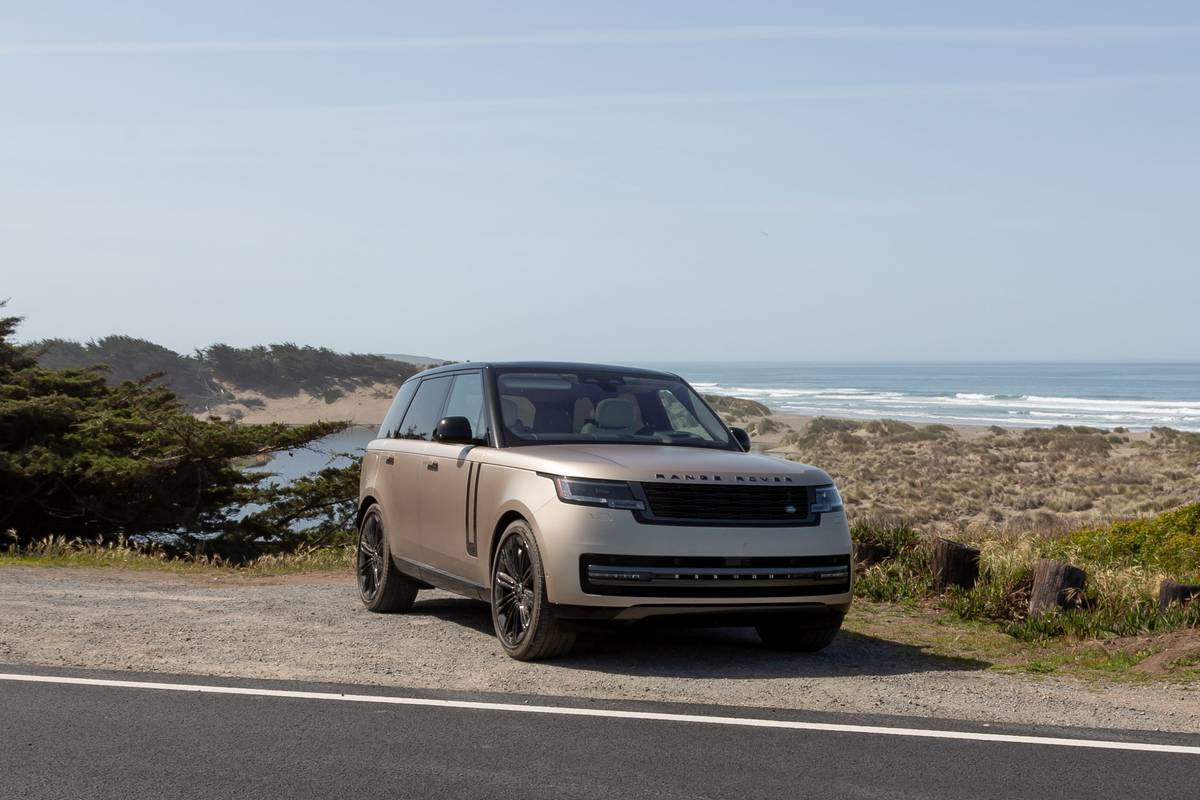
The verdict: The redesigned 2022 Range Rover, a staff favorite when it debuted at the 2021 Los Angeles Auto Show, uses its new architecture, technology and twin-turbocharged V-8 to hold onto its place among the cream of the luxury SUV crop.
Versus the competition: The Range Rover matches or surpasses the competition when it comes to interior opulence, and it has power to spare and surprising handling chops, but some buyers might find it lacking in more advanced technologies and third-row space.
We finally got the chance to drive the 2022 Land Rover Range Rover after its impressive November 2021 debut at the Los Angeles Auto Show. We took to the roads of the Napa Valley to test the iconic luxury SUV’s enhancements claimed to make the driving experience as effortless as possible (per Cars.com’s ethics policy, we paid for our flights and lodging at the manufacturer-sponsored event).
Related: Up Close With the 2022 Land Rover Range Rover: Quiet, Classy Interior
It probably isn’t a surprise to find out that the new Range Rover — with its six-figure starting price — doesn’t disappoint. But excellent road manners and an opulent interior take you only so far in today’s tech-heavy luxury market.
Big and Small On and Off the Road
Driving the Range Rover is a constantly contrasting experience, regardless of the wheelbase. There’s no avoiding the feeling that you’re pushing well over 5,000 pounds down the road, but having driven both the three-row, long-wheelbase SE with the six-cylinder engine and a standard-wheelbase First Edition with the new V-8, I never felt short on power to get where I was going, and surprisingly quickly at that. A carryover from the previous generation, the turbocharged mild-hybrid six-cylinder engine makes 395 horsepower. The new twin-turbocharged 4.4-liter V-8 is rated at 523 hp. Range Rover quotes a 0-60 mph time of as low as 4.4 seconds with the V-8, and while I didn’t measure it on public roads, that doesn’t feel inaccurate.
All versions use an eight-speed automatic transmission that didn’t do anything notable, but it did shift smartly and stayed out of its own way during normal acceleration. Not everything with either powertrain I tested is roses, however. Each has roughly a full second of hesitation under hard acceleration, requiring some timing on passing maneuvers. In the twin-turbo, keeping the revs higher mitigates that somewhat by keeping the smaller turbo spinning and minimizing the downshifting.
Steering, handling and ride quality are pleasant and befitting a six-figure luxury SUV. Each model I drove had 23-inch wheels, which produced some impact harshness, but they otherwise handled bumps and imperfections with excellent isolation. Despite advances in this new Range Rover to improve ride and handling — standard four-wheel steering and what the automaker calls Dynamic Response Pro, an electronic roll control system — there’s still a healthy amount of body roll in corners. The steering wheel itself felt on the larger side, which detracted from its dynamism, as well. But ultimately, these are supposed to be big, cushy SUVs that get you from A to B in maximum comfort. And they certainly succeed at that.
The EPA has yet to rate the new Range Rover’s fuel economy, but if you’re worried about fuel economy and cost, maybe a Range Rover isn’t for you. If you’re worried about the environment and still want to buy a Range Rover, a plug-in hybrid powertrain with what Land Rover says is 48 miles of all-electric range (up from the last-generation PHEV’s EPA-rated 19 miles) is coming for the 2023 model year, and an all-electric model is allegedly on its way for 2024.
We were also able to do some very light off-roading, though each generation of Range Rover feels less and less like a vehicle that will even see a mud puddle. Four-wheel steering and a host of aids — off-road camera systems, standard height-adjustable air suspension, six different off-road driving modes, hill descent control and All-Terrain Progress Control (effectively off-road cruise control) — make off-roading an absolute breeze. Frankly, it felt too easy and not very satisfying, but it seems very on-brand for a British luxury vehicle to go out of its way to make your life as easy as possible.
Old-School Luxury, But Maybe That’s Not Enough
The good news is that the interior of this new Range Rover is immaculate. High-quality materials cover nearly every surface from the front seats to the third row. The front and second-row seats are comfortable and spacious for adults. The third row of seats isn’t as roomy as larger competitors like the Lincoln Navigator and Cadillac Escalade, but the materials are nicer.
Accessing the third row is relatively easy, and the power controls can also move the second-row and front seats as needed — assuming a buckled-in occupant isn’t detected. The real place to be, if you can swing it, is being driven around in the right rear passenger seat of a four-seat Range Rover SV. This configuration is meant to be a chauffeur-driven vehicle and is nearly infinitely customizable; the ride experience — from comfort to features like powered cupholders, massaging seats and a foldout workstation — made me feel like I owned the vineyard we were leaving.
We didn’t get a chance to measure the Range Rover’s cargo area using our own methods, but the cargo area certainly seemed more than adequate for larger loads, at least with the third-row seats down. The traditional, two-part clamshell powered liftgate is still present, and the optional configurable Versatile Loadspace Floor provides a remarkable amount of utility, allowing for division of the cargo area as needed and load-securing straps.
The new 13.1-inch infotainment system is intuitive and responsive, with crisp and clear graphics and wireless Apple CarPlay and Android Auto. It’s also a welcome replacement for the previous generation’s dual-screen layout, which incorporated too many basic functions into the touchscreen. Physical controls are more prevalent in the new generation, but there are still touch-sensitive controls — particularly on the steering wheel — that can be aggravating. Touch-sensitive controls on the infotainment system add haptic feedback for this new generation — a tactile vibration that registers the input; it’s better than no feedback, but I’d rather have real buttons.
The larger issue for Land Rover is that luxury these days increasingly translates to “high-tech,” and there’s just not a lot in the new Range Rover that can’t be found in competitors or even more affordable vehicles. It’s a more old-school, British approach to luxury, focusing on comfort and quality instead of surprise-and-delight futuristic tech. “Surprise and delight” in the Range Rover is something like, say, the ability to convert the cargo floor into a tailgate seat and an additional option that adds lighting and removable leather cushions for that seat.
The Range Rover approach works for me, but if you’re a shopper looking for hands-free driving or other tech to show off to your passengers, there may be better choices for you. The Cadillac Escalade’s tech, like hands-free Super Cruise and giant wraparound screens, helped it win our Luxury Car of the Year award twice in a row. The new Lincoln Navigator is getting its own hands-free driving technology, and German competitors are offering things like augmented-reality navigation. Despite an almost hilarious gulf in materials and build quality between it and a Range Rover, many shoppers consider the Tesla Model X a luxury vehicle.
More From Cars.com:
- 2023 Land Rover Range Rover PHEV Gets 48-Mile Estimated Electric Range, DC Fast Charging
- 2021 Los Angeles Auto Show: Winners and Losers
- Best Luxury Car of 2022
- Redesigned 2022 Land Rover Range Rover Adds Third Row, Starts at $105,350
- Is the 2021 Land Rover Defender a Good SUV? 6 Pros and 5 Cons
Related Video:
We cannot generate a video preview.
The Choice Is Yours
I should be clear that the technology in the Range Rover is not bad; it’s quite well-done, in fact. It’s just that its features are those that competitors also offer, and it doesn’t break any new ground. With prices starting in the six-figure realm, that may not be enough for buyers. But if you’re trying to find the most luxurious-feeling interior or most comfortable ride, the Range Rover may be the SUV of your dreams.
Cars.com’s Editorial department is your source for automotive news and reviews. In line with Cars.com’s long-standing ethics policy, editors and reviewers don’t accept gifts or free trips from automakers. The Editorial department is independent of Cars.com’s advertising, sales and sponsored content departments.

















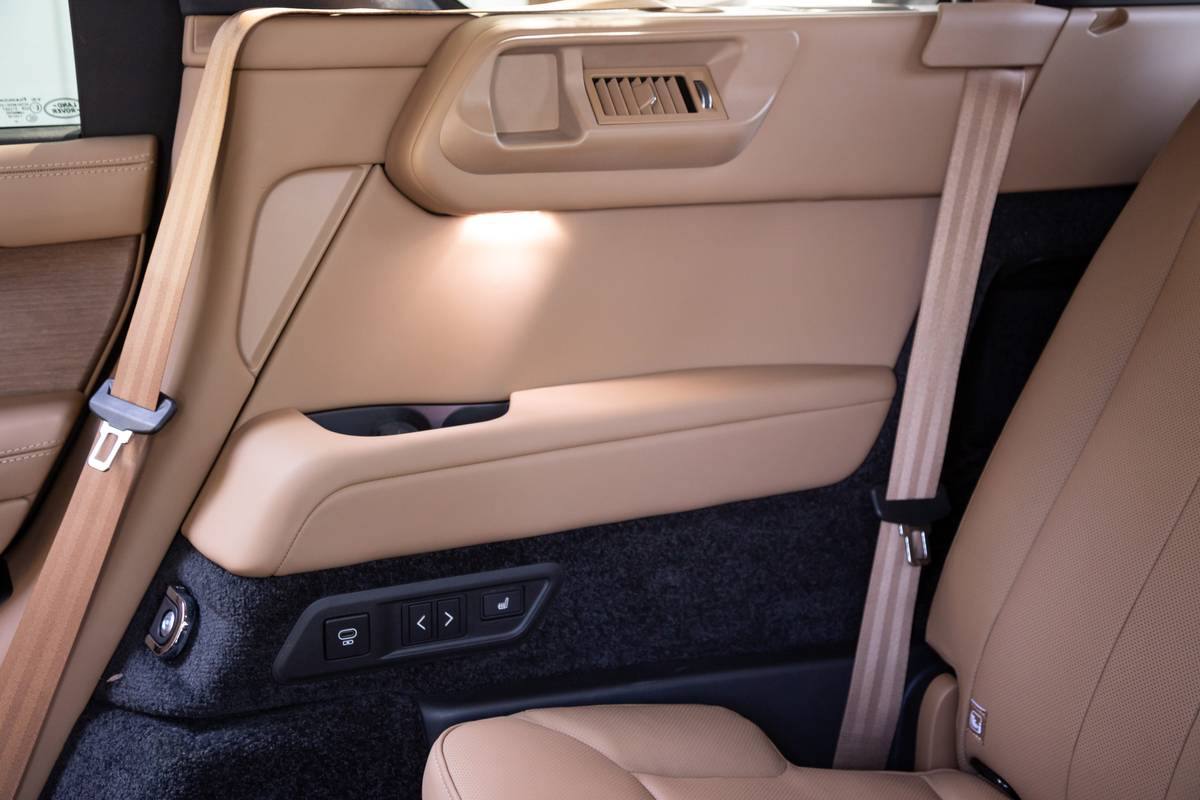
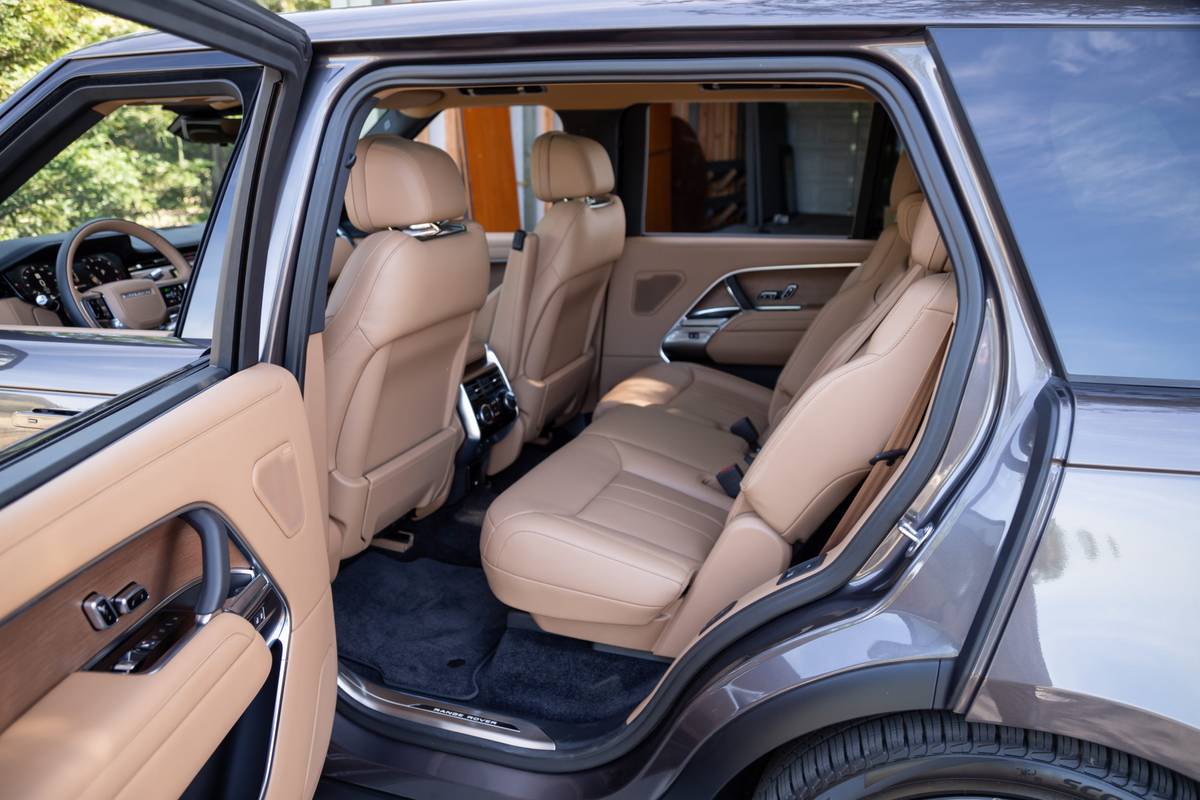
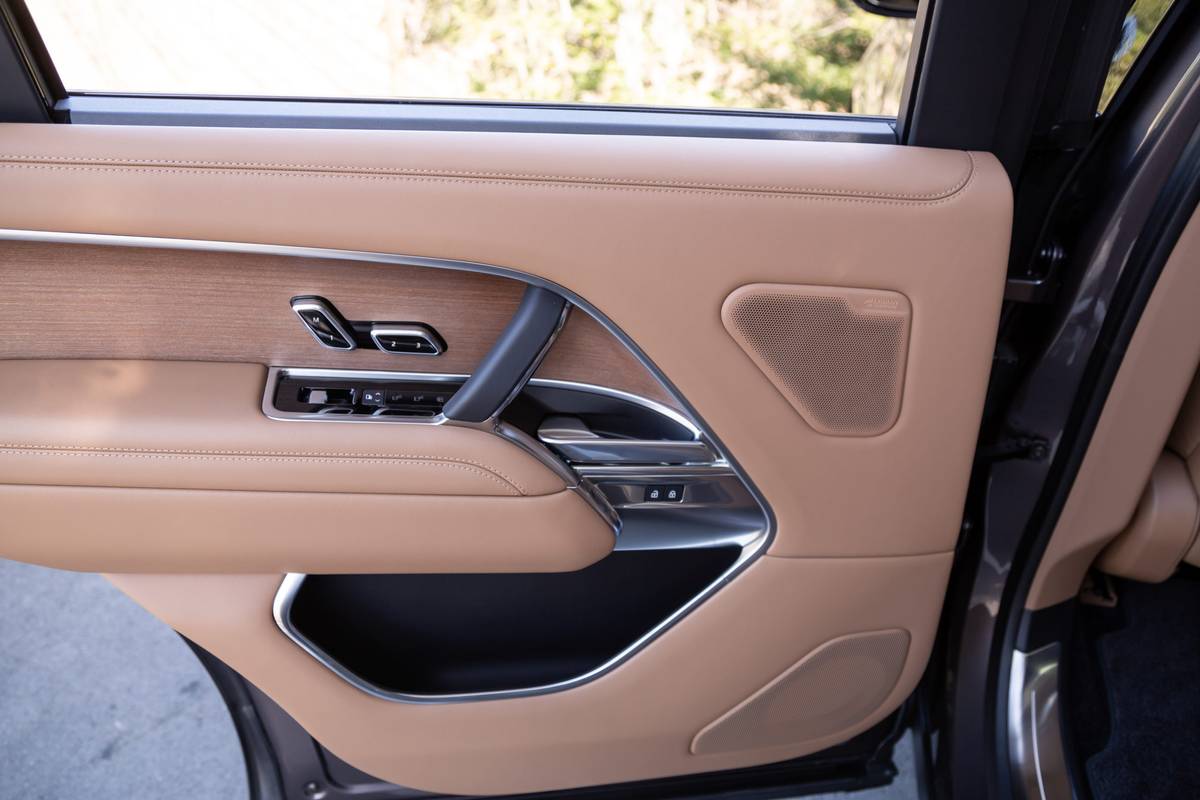
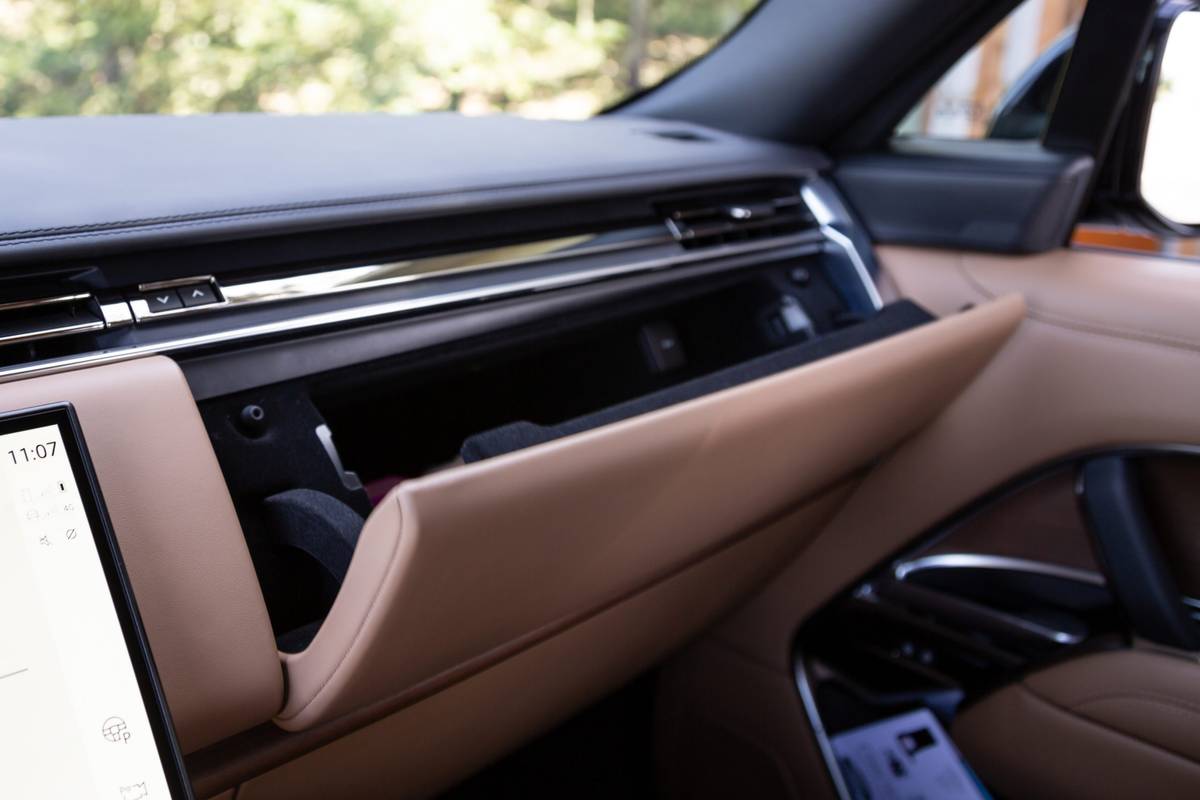
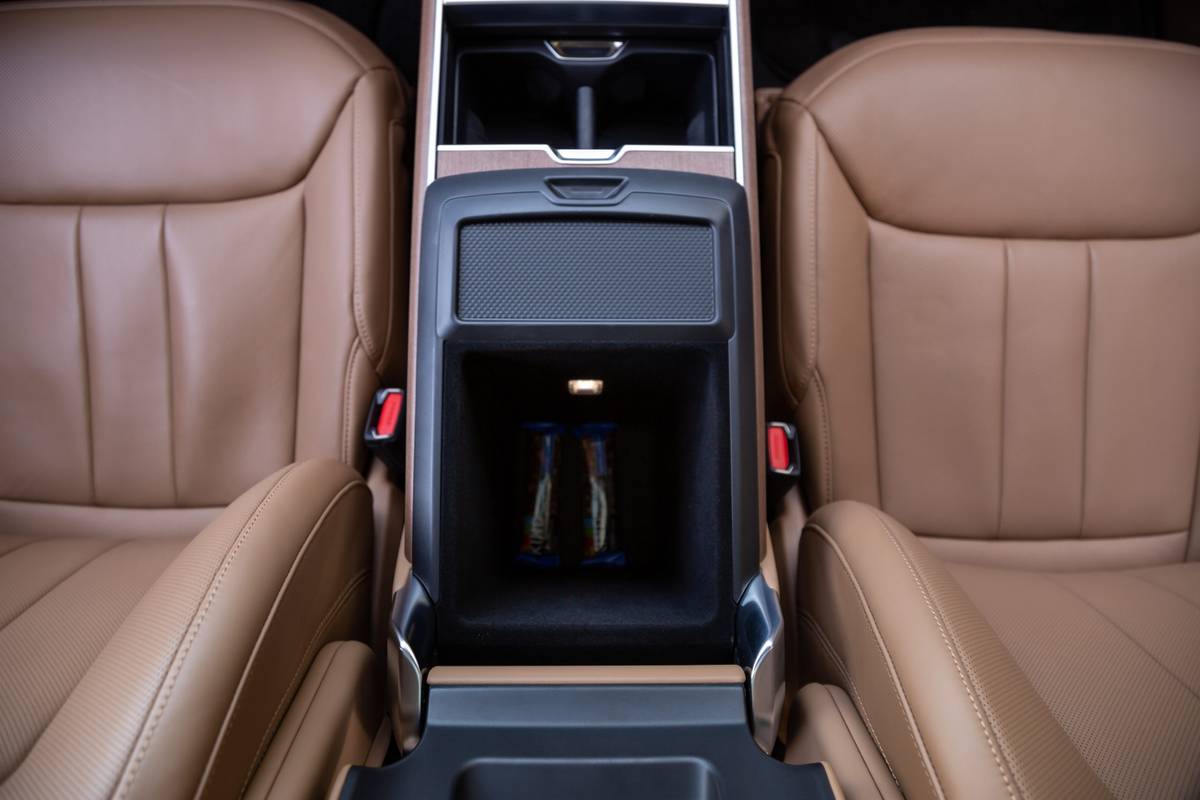
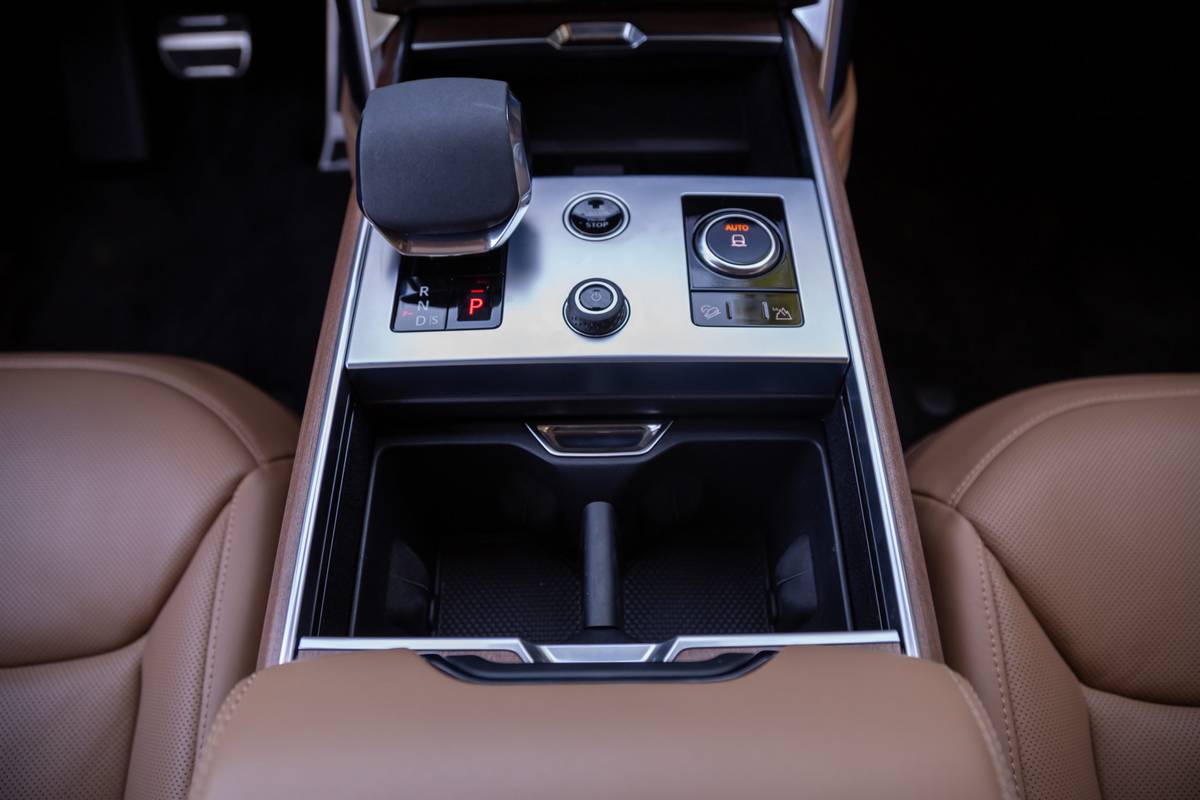
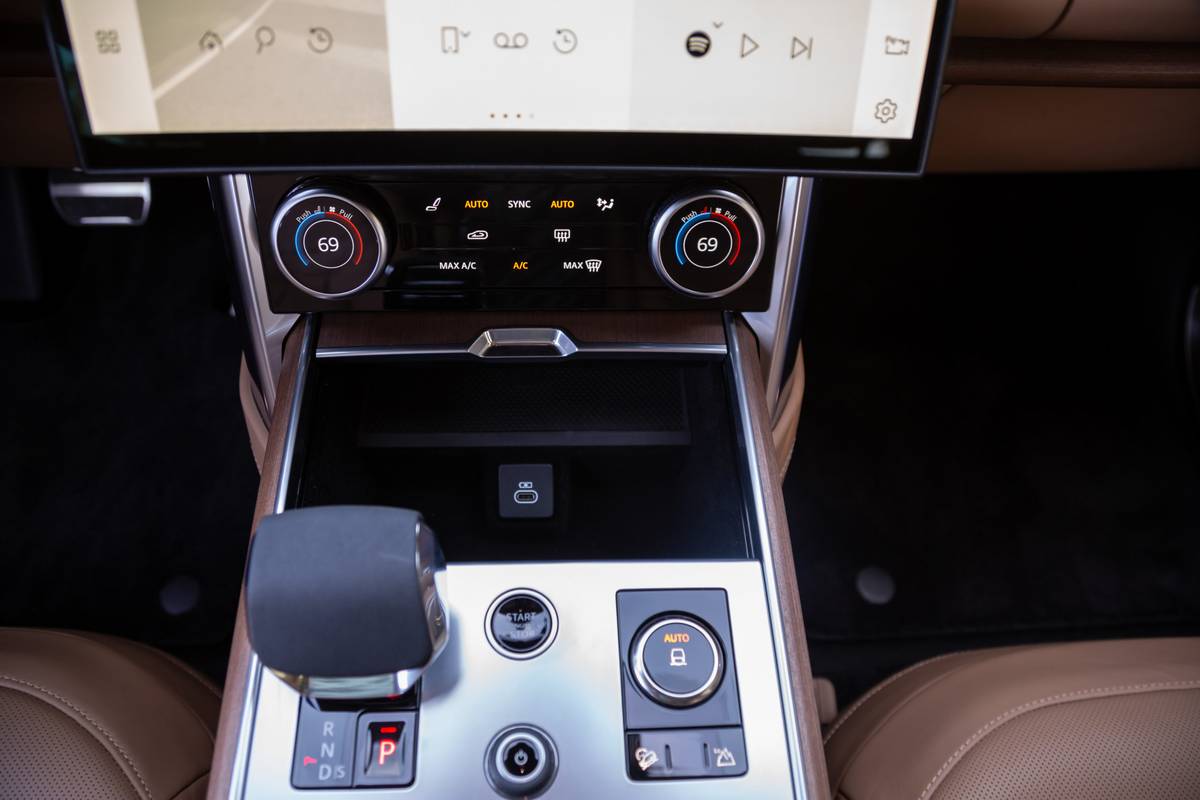

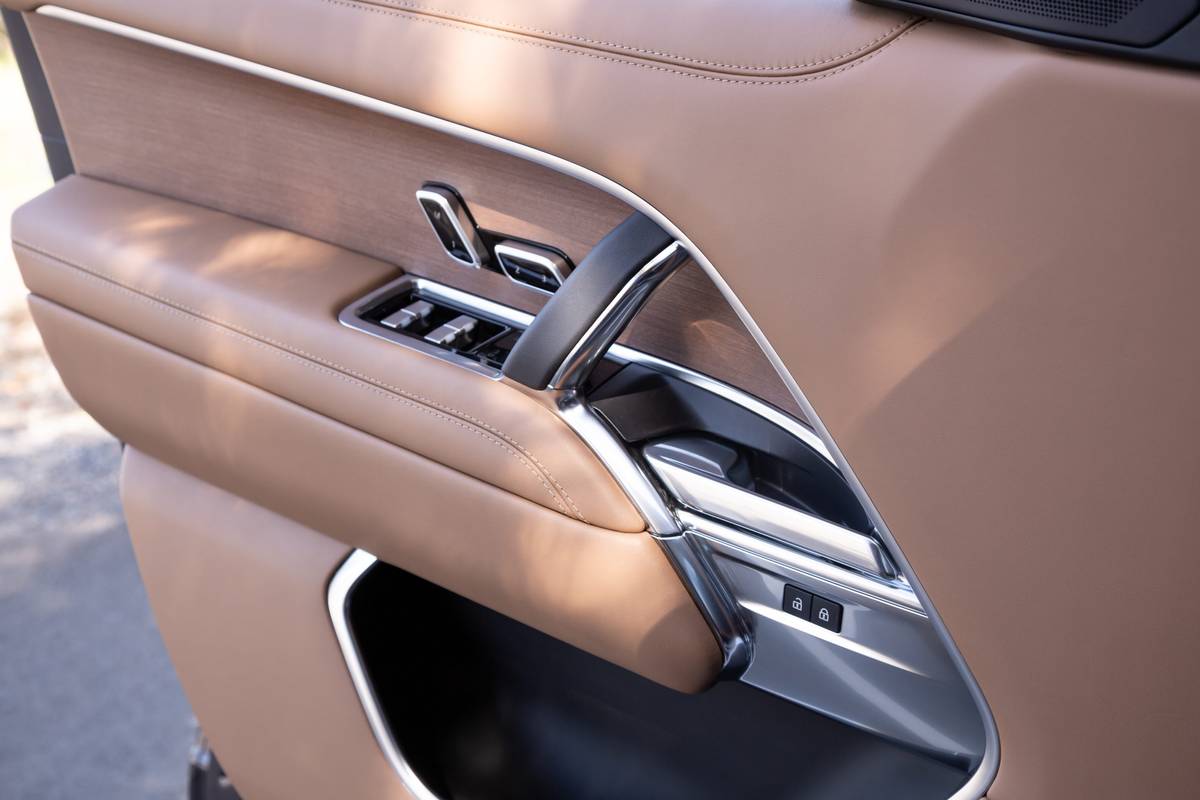
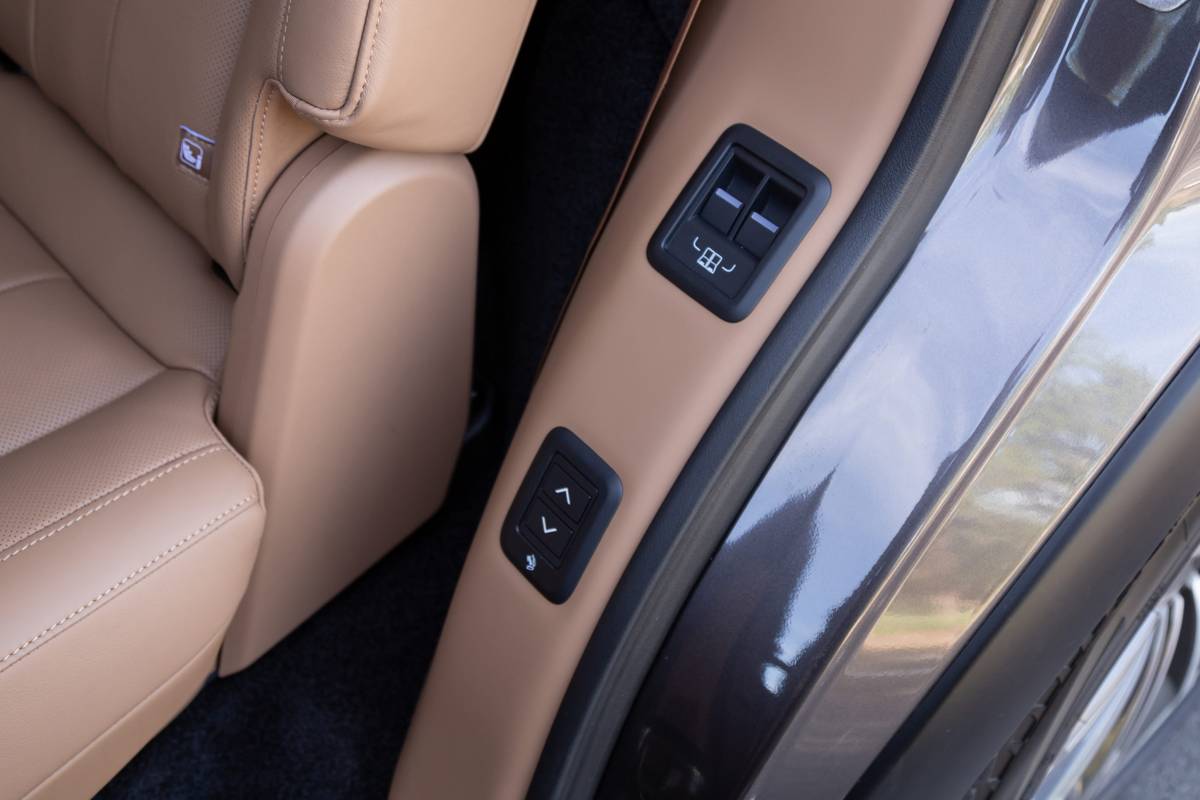
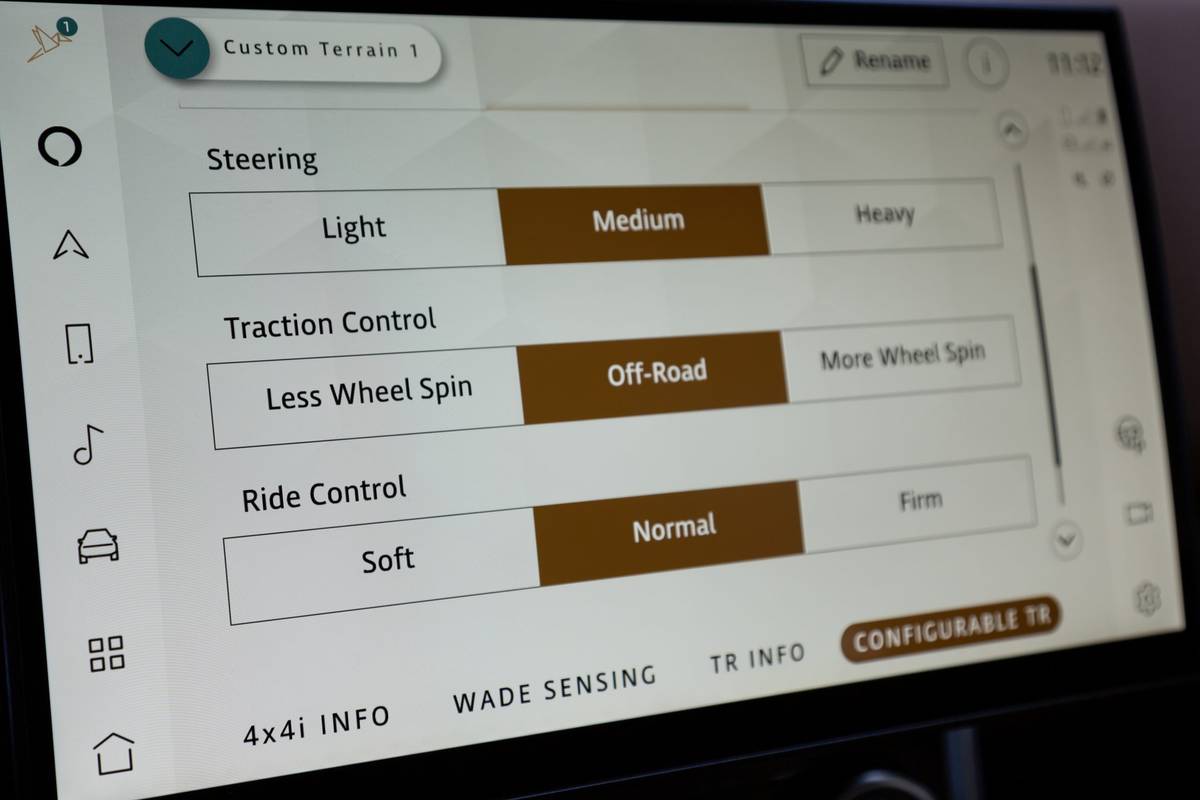

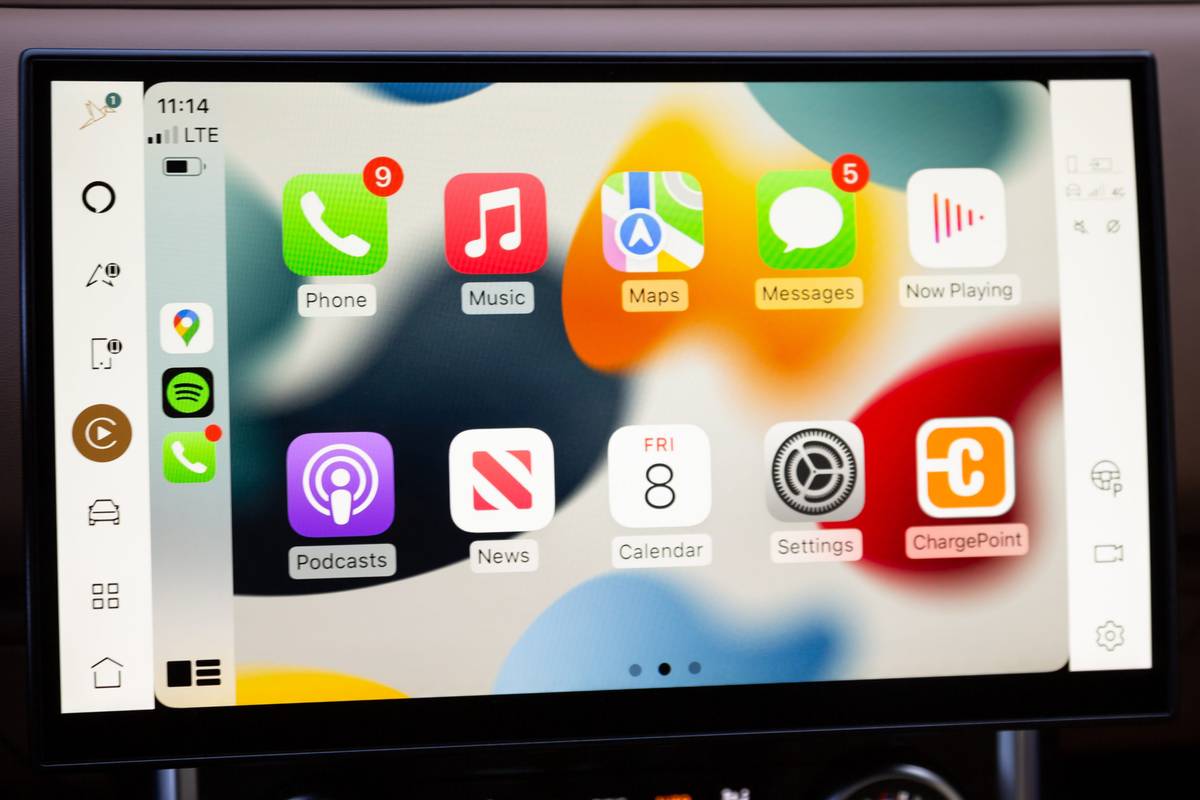
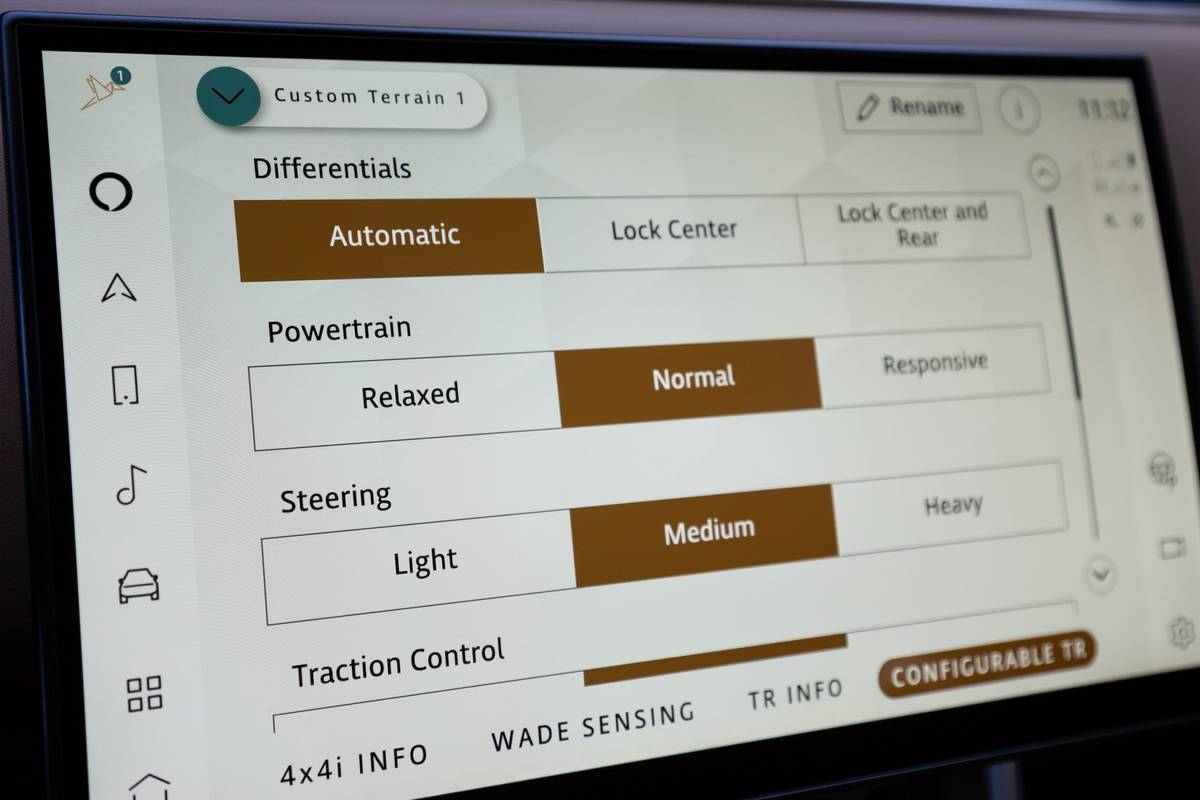
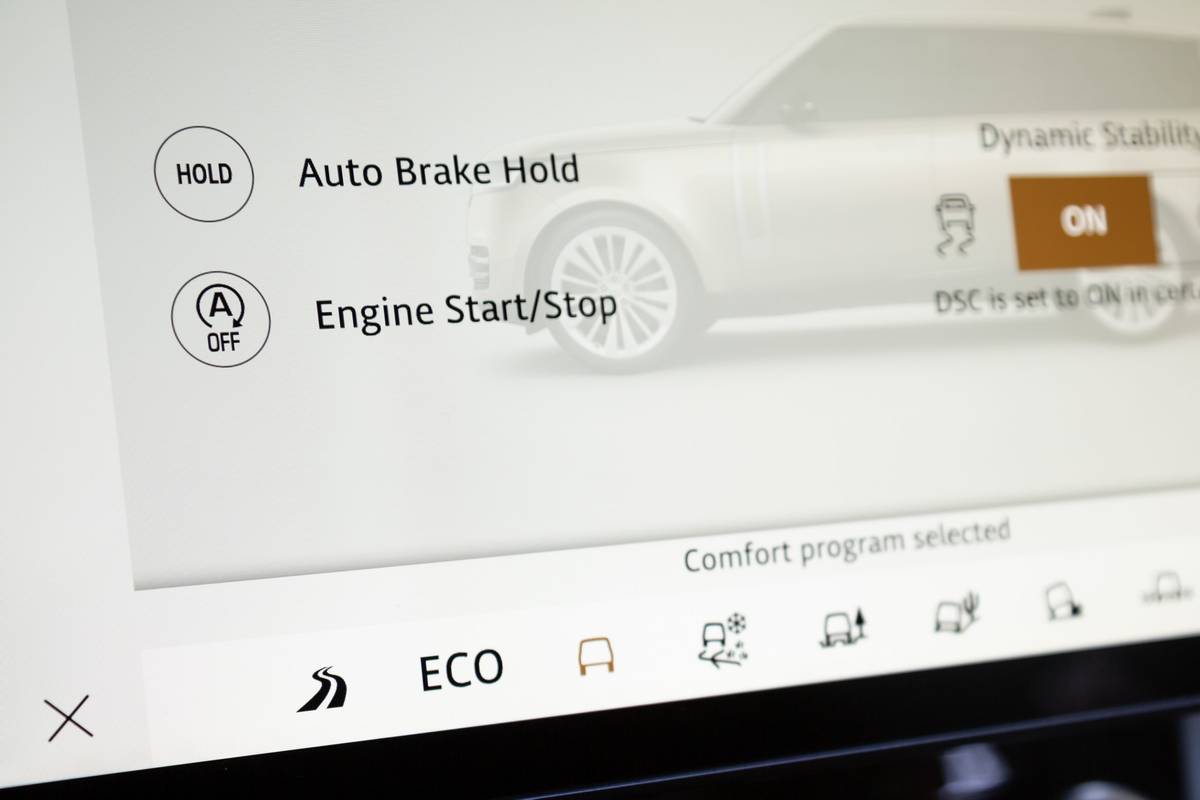
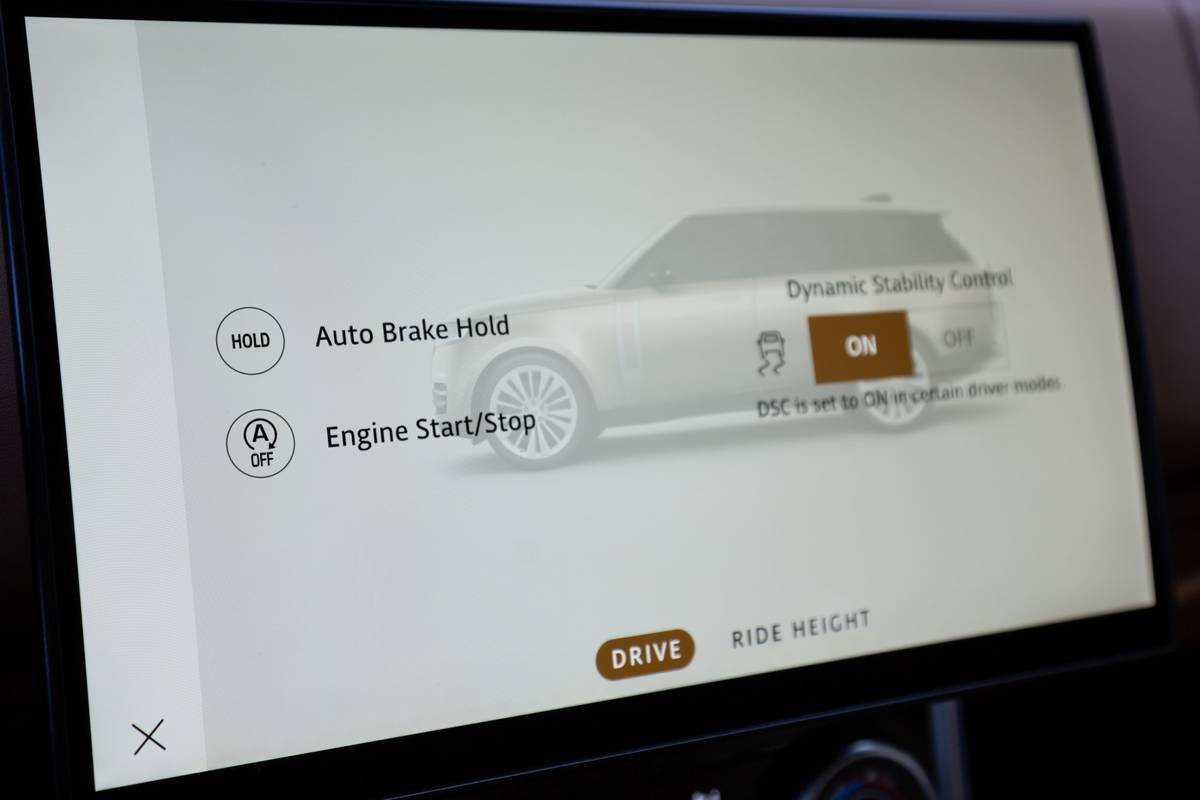
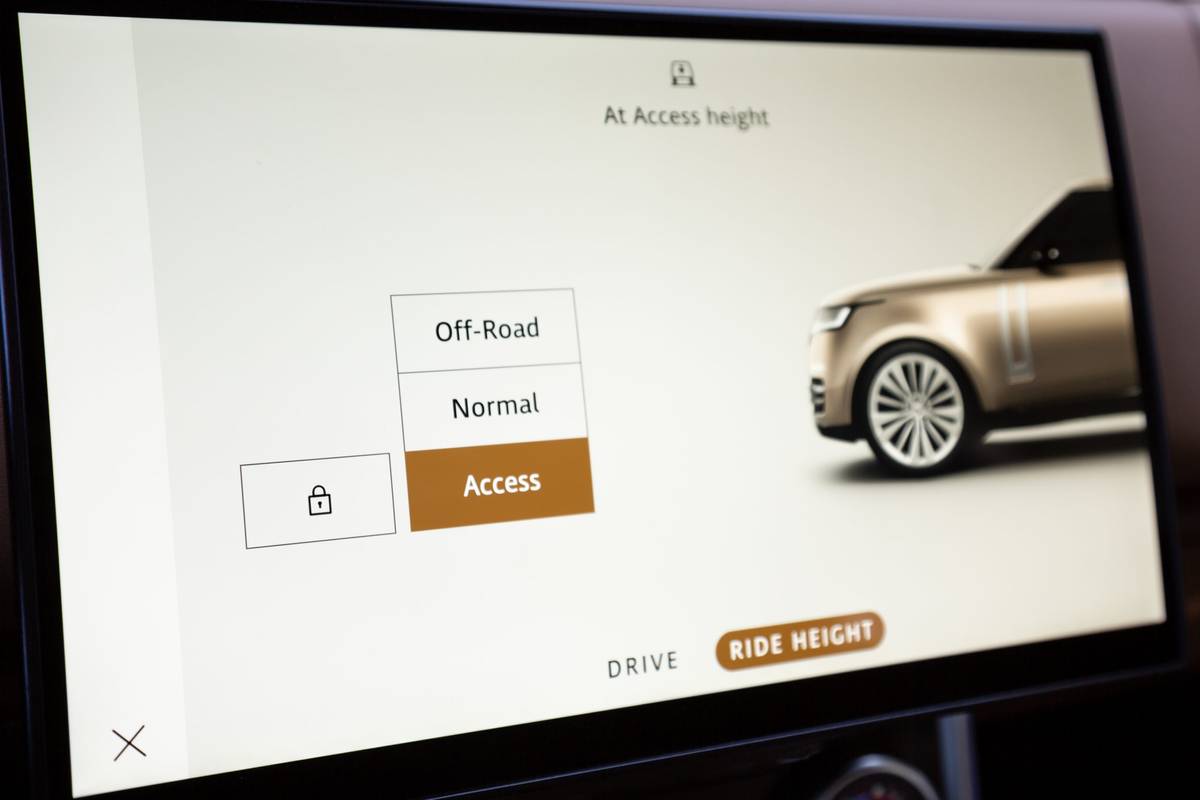
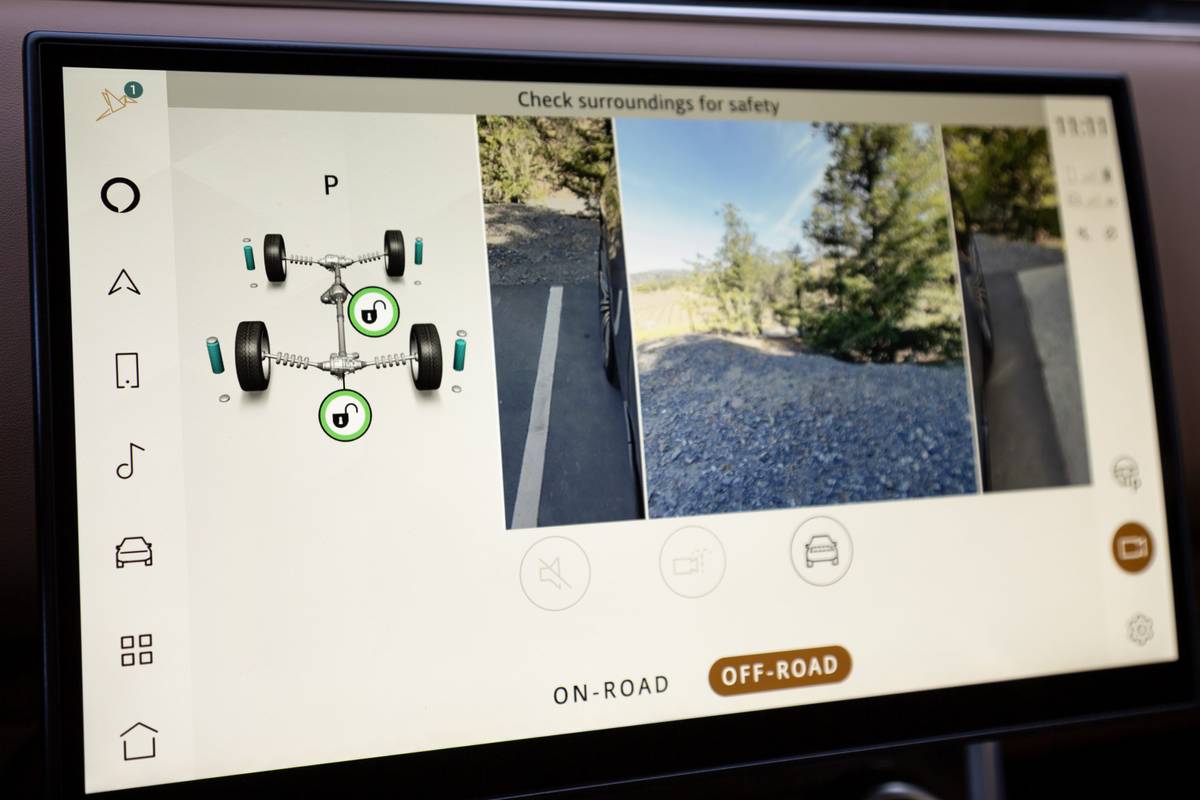
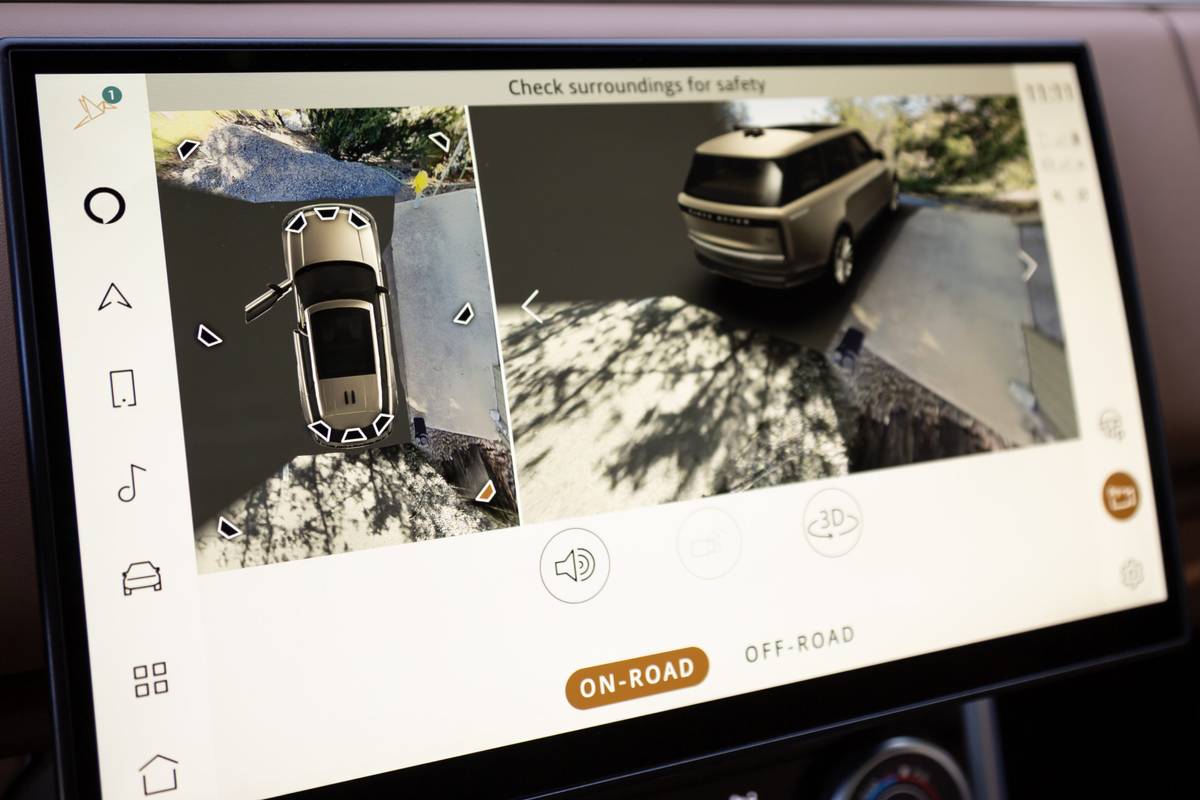
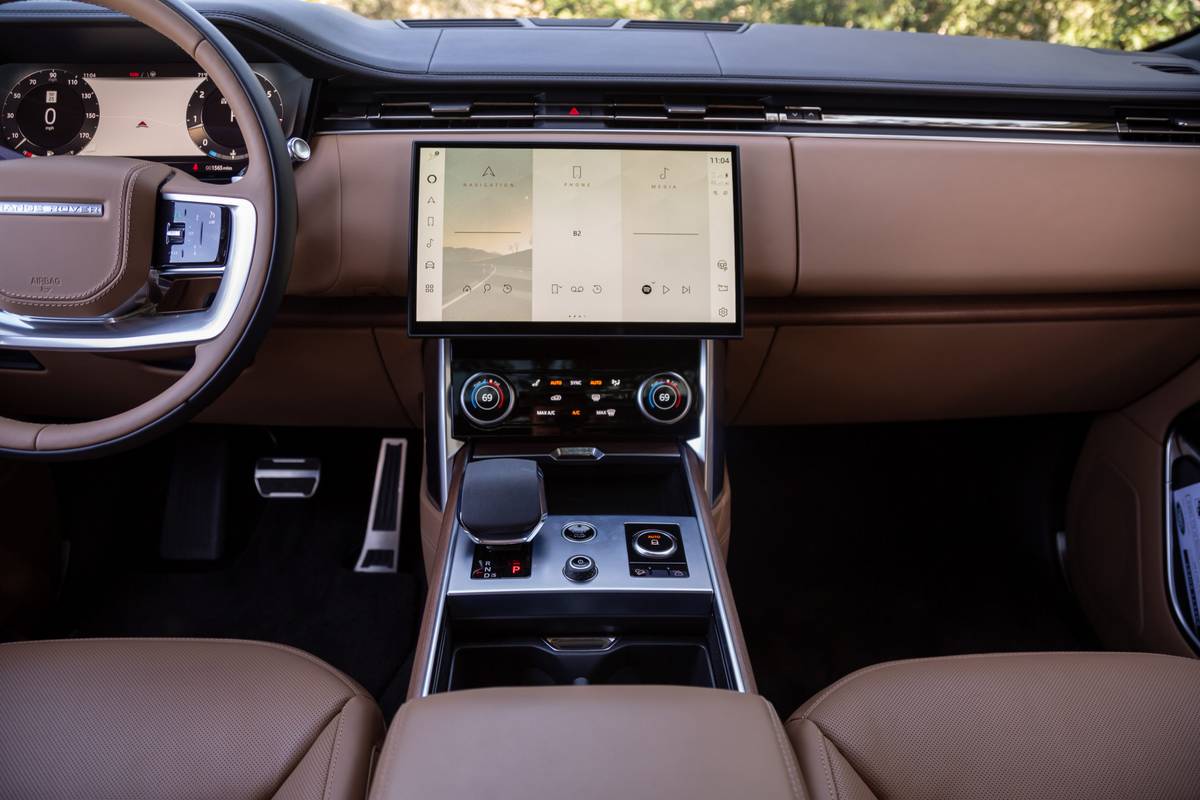
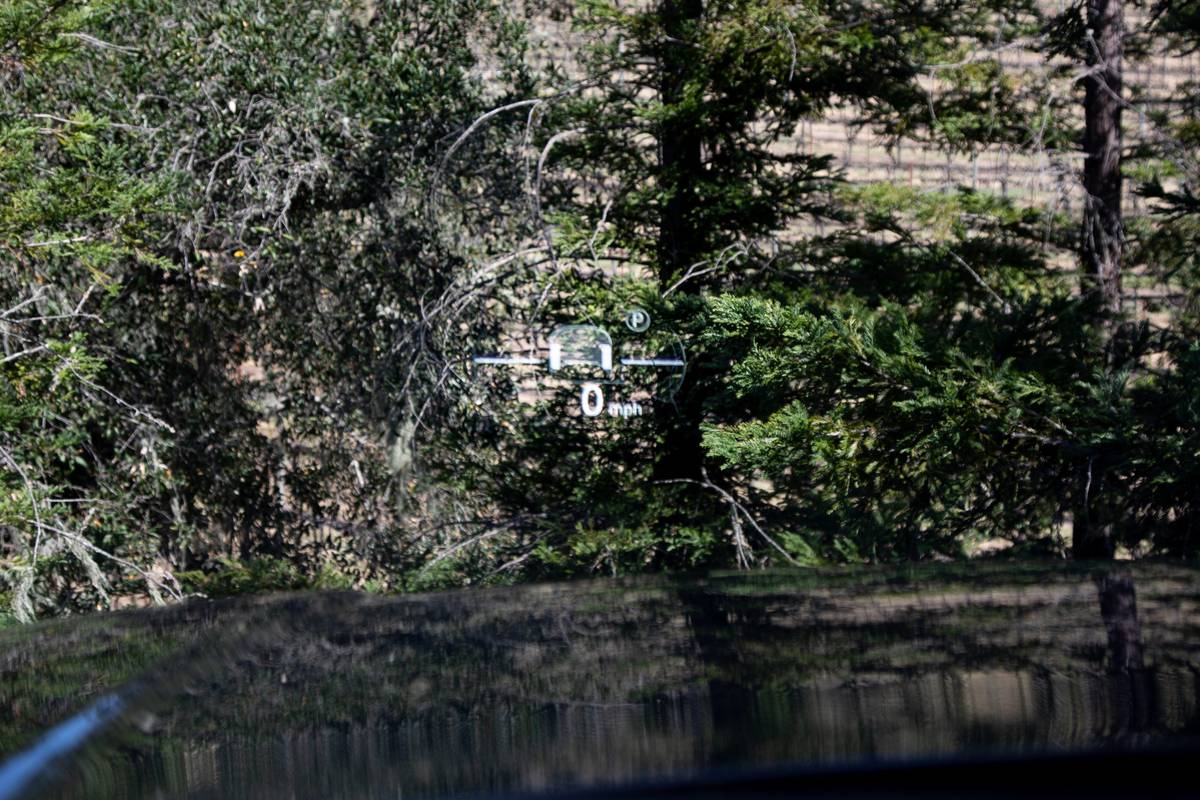
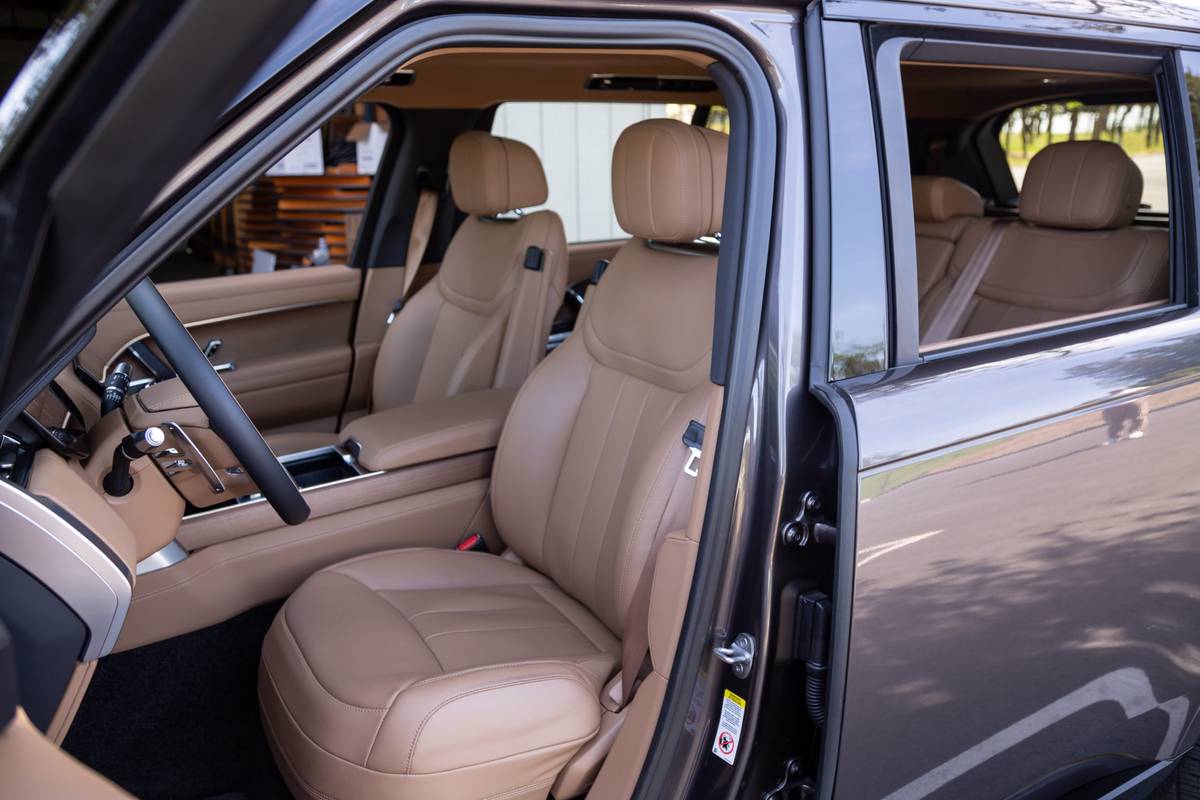
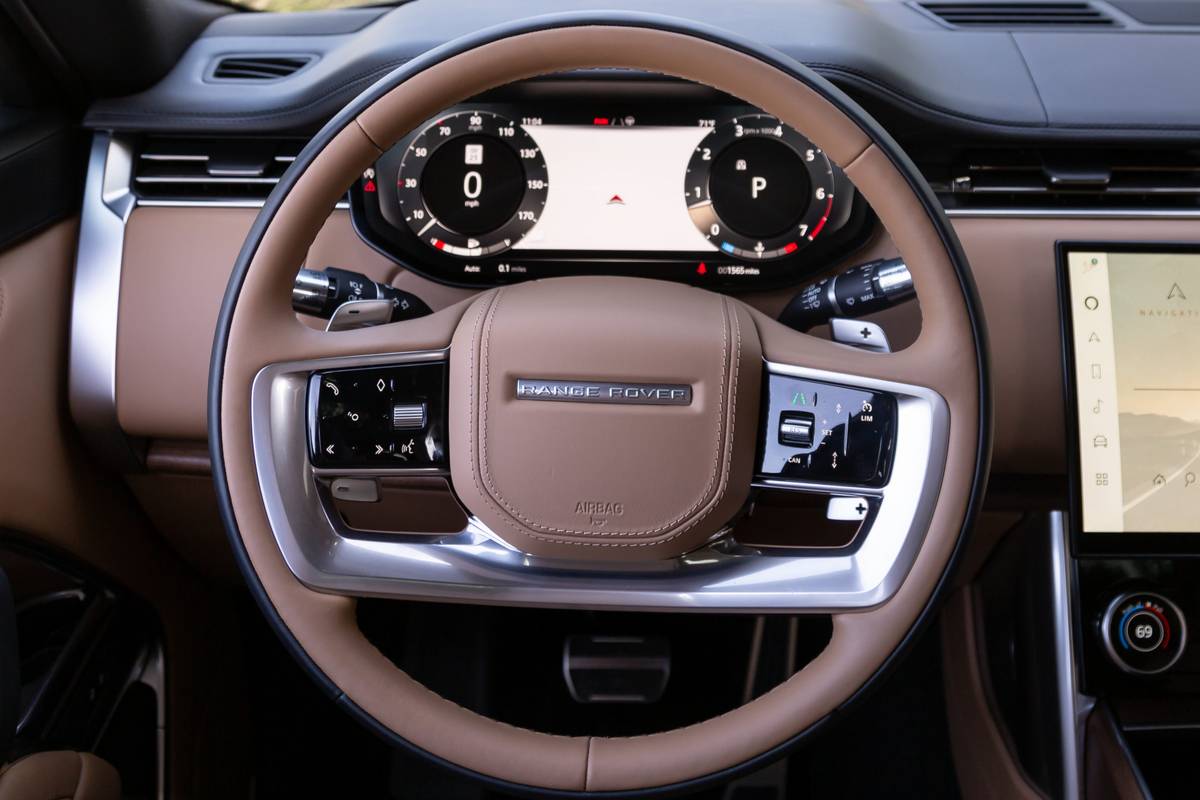
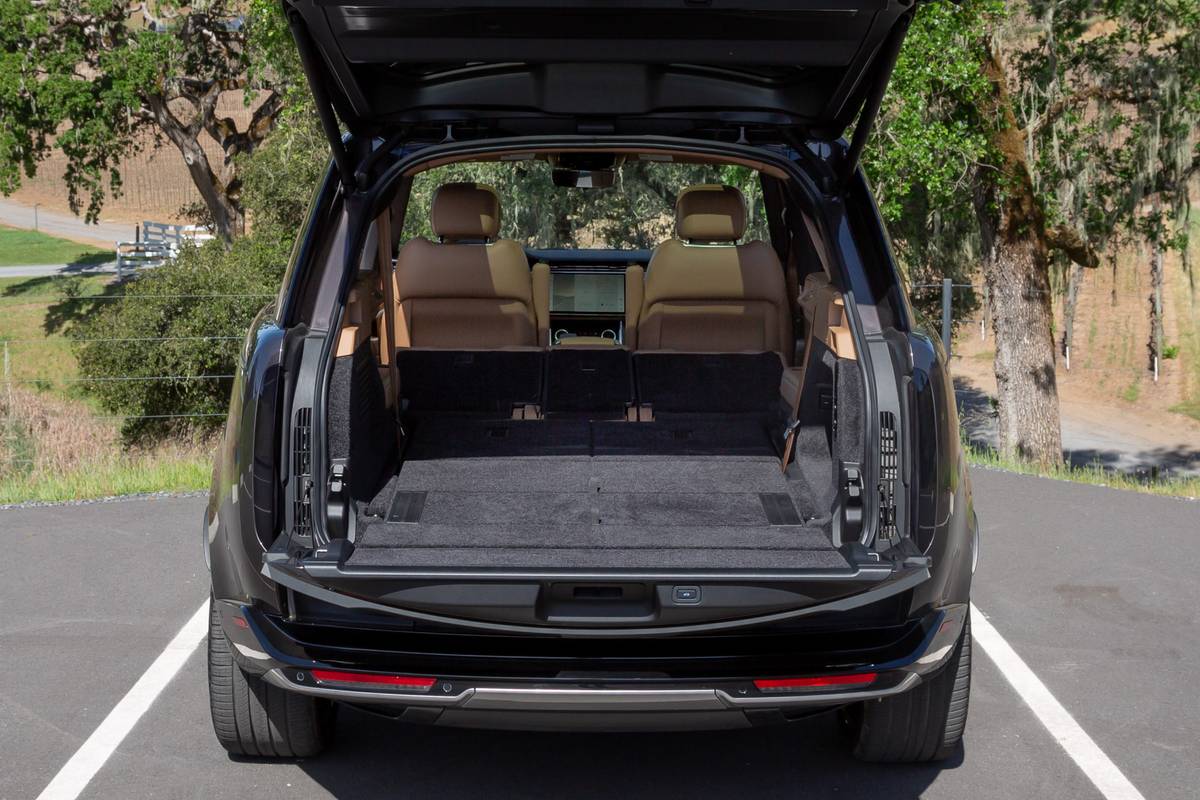
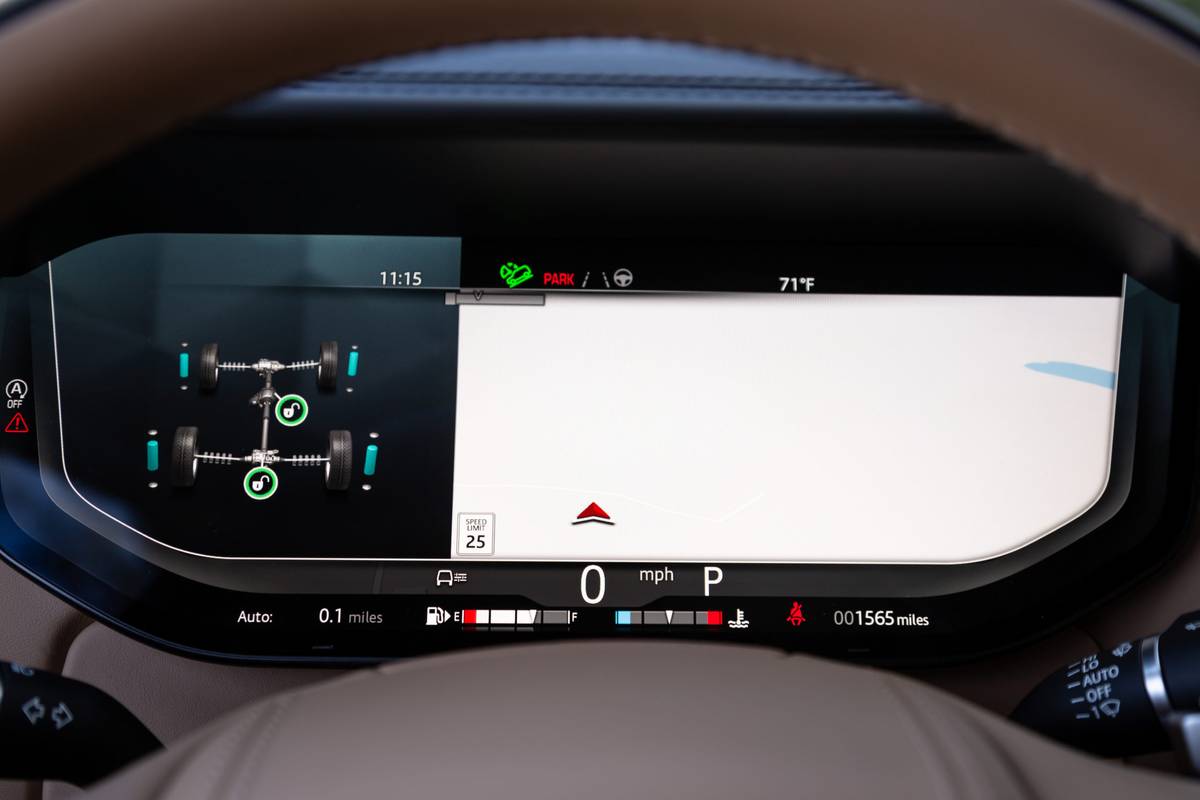
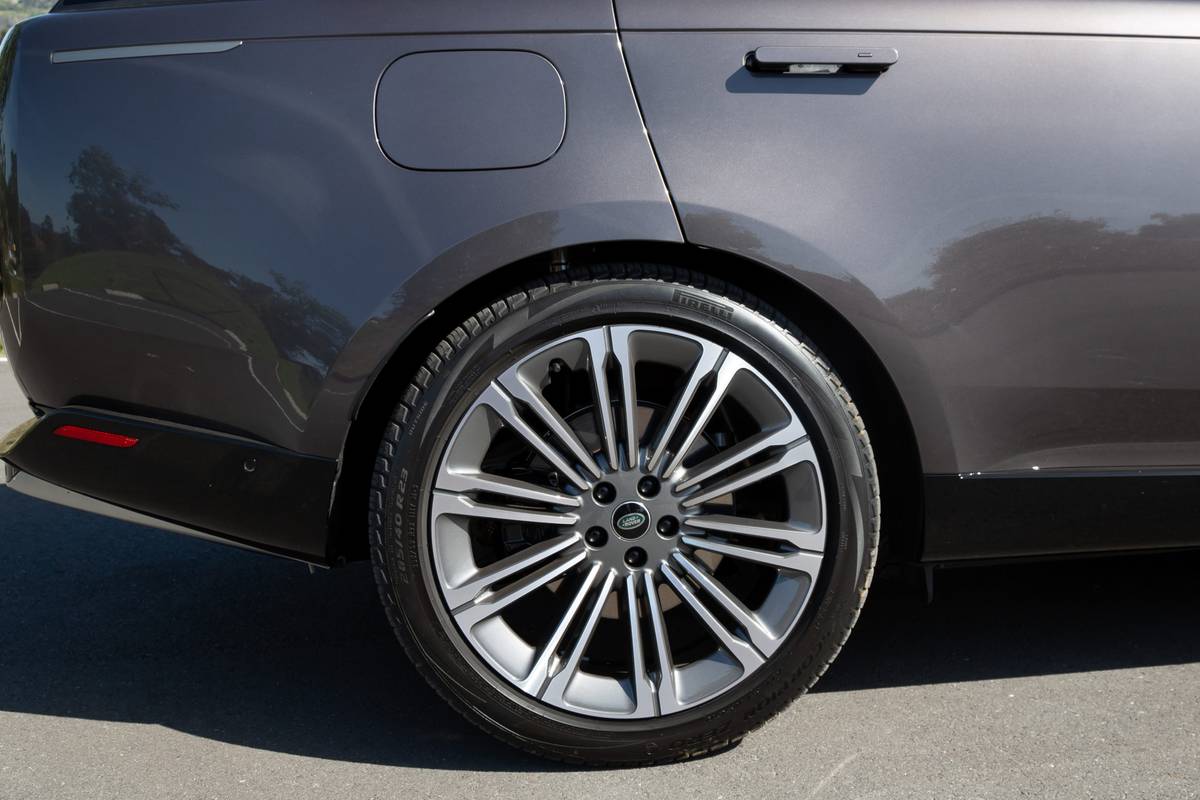
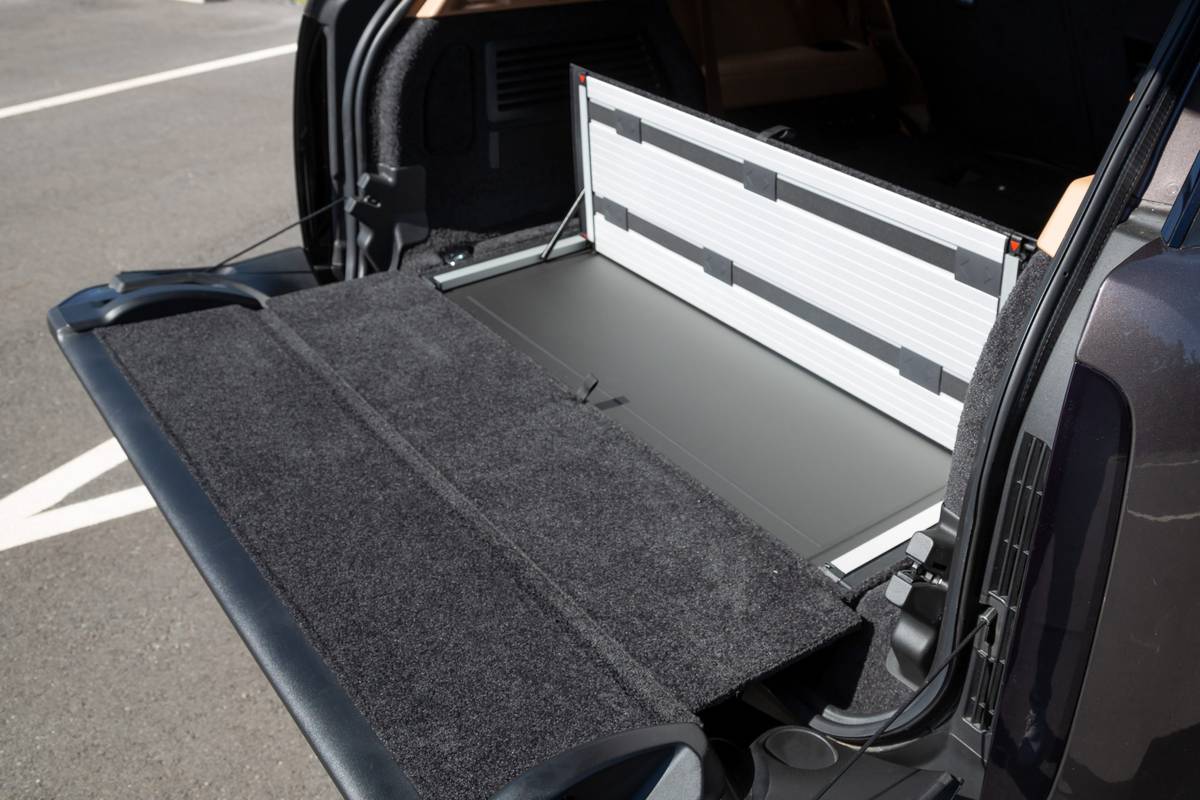
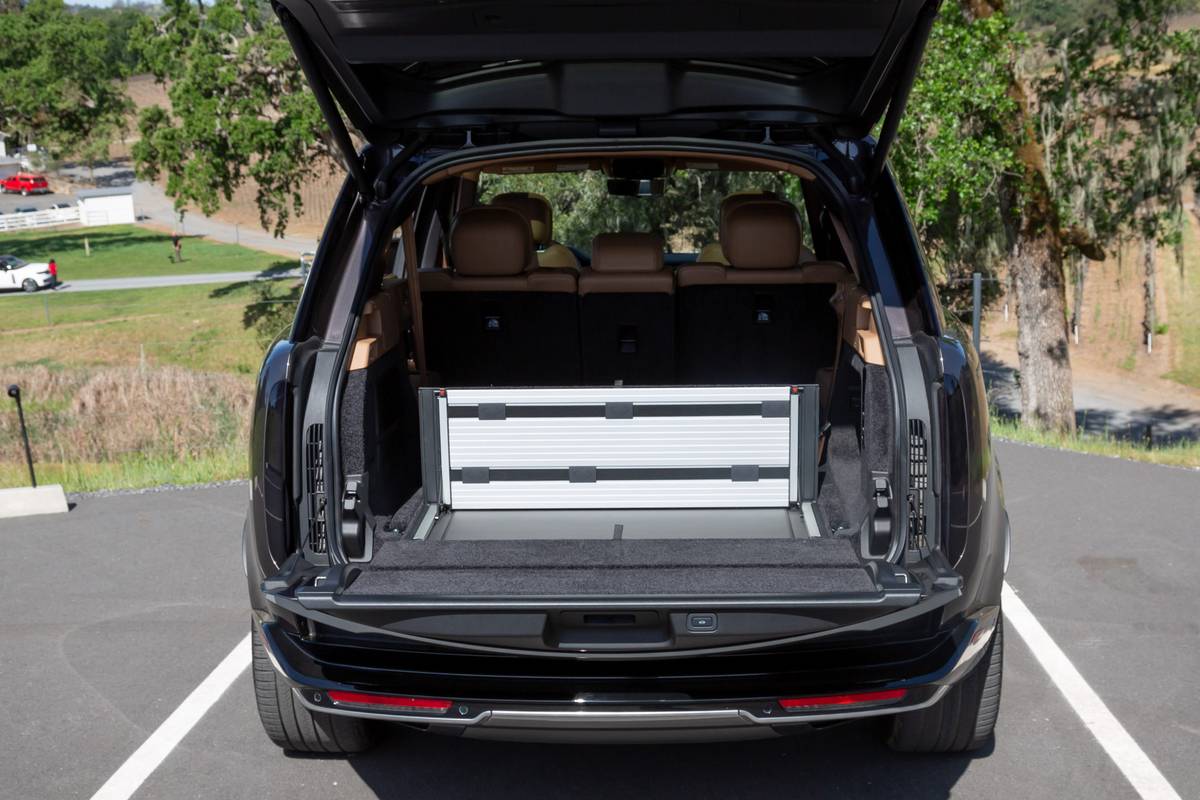
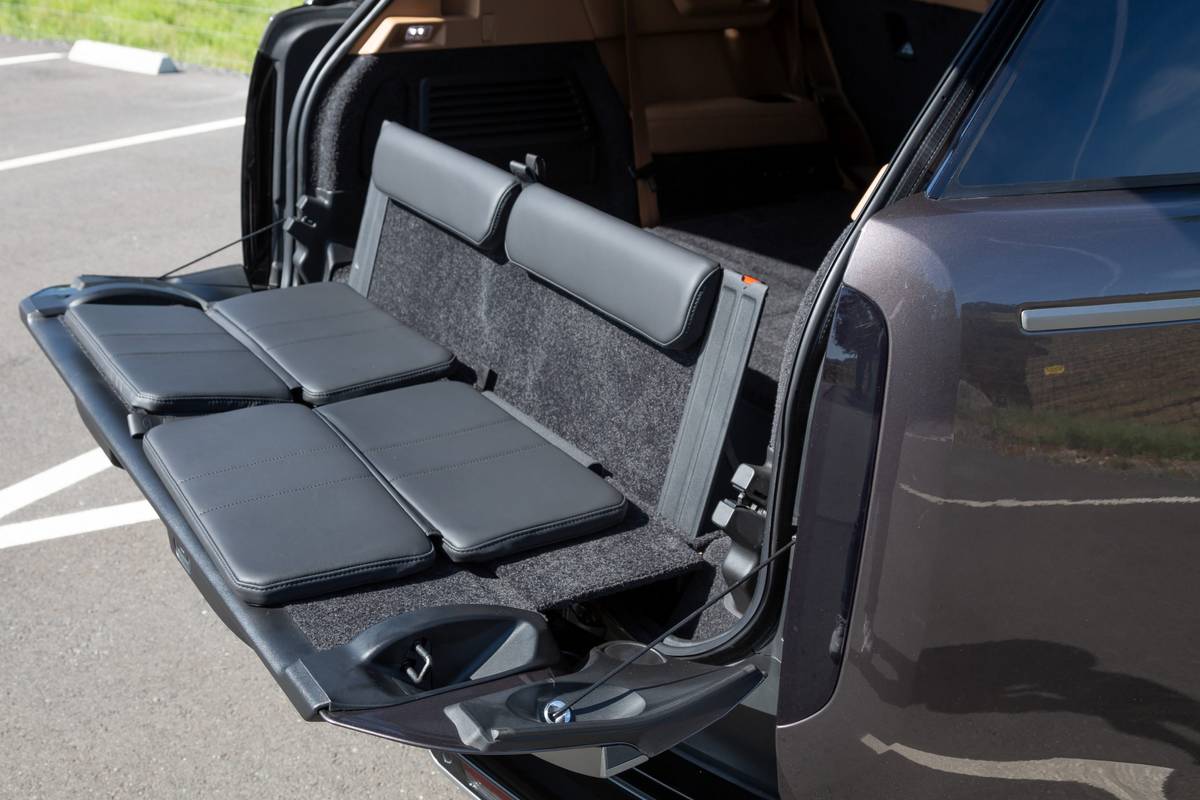
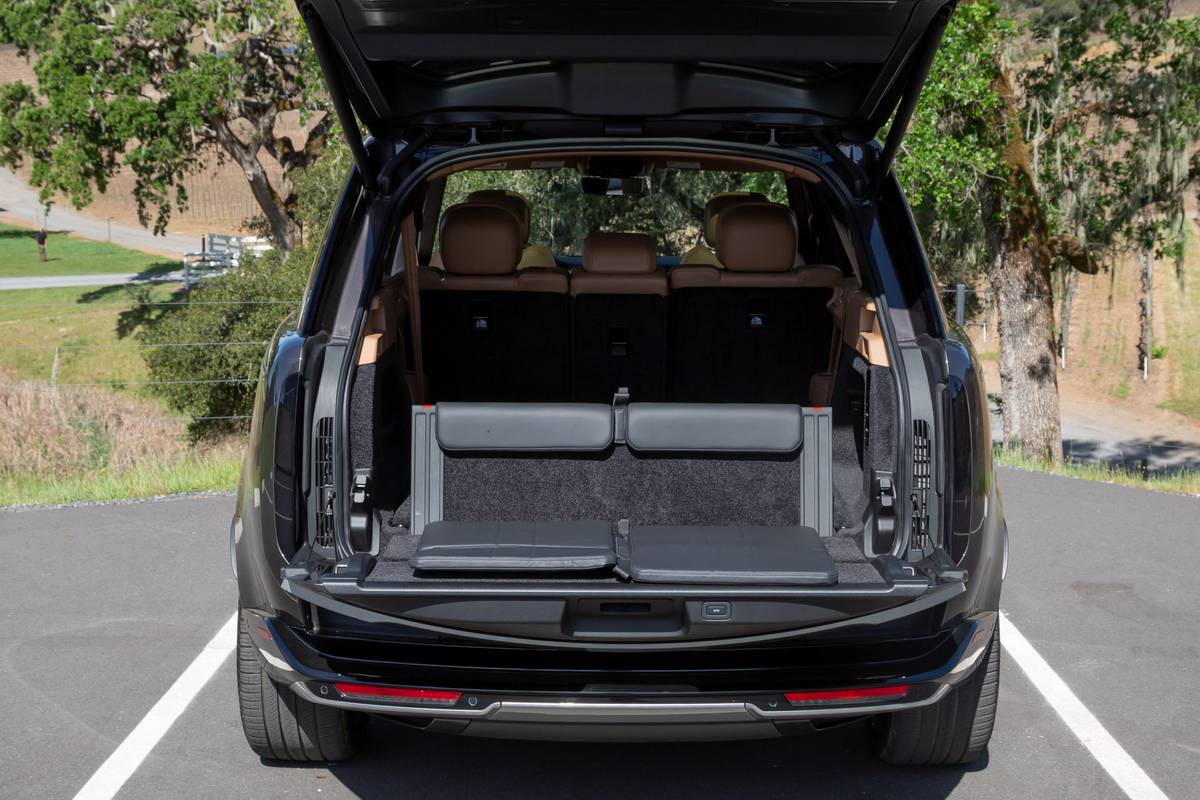
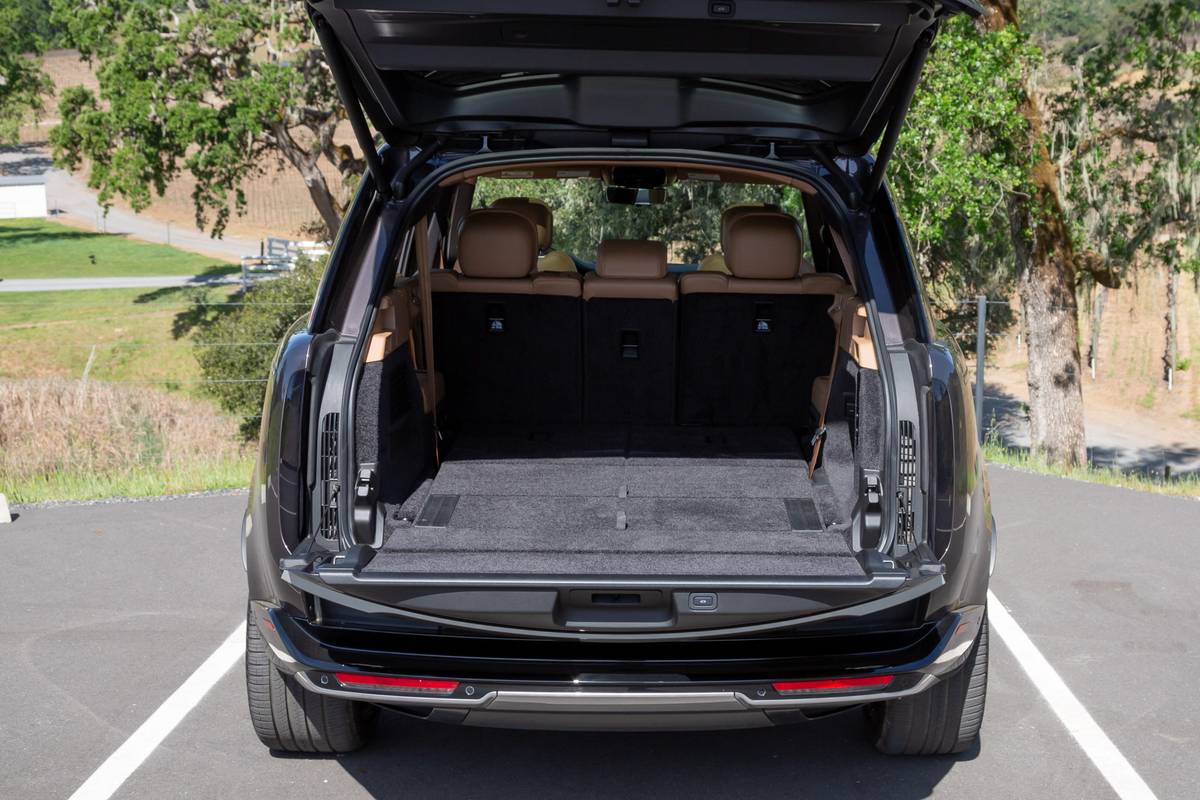
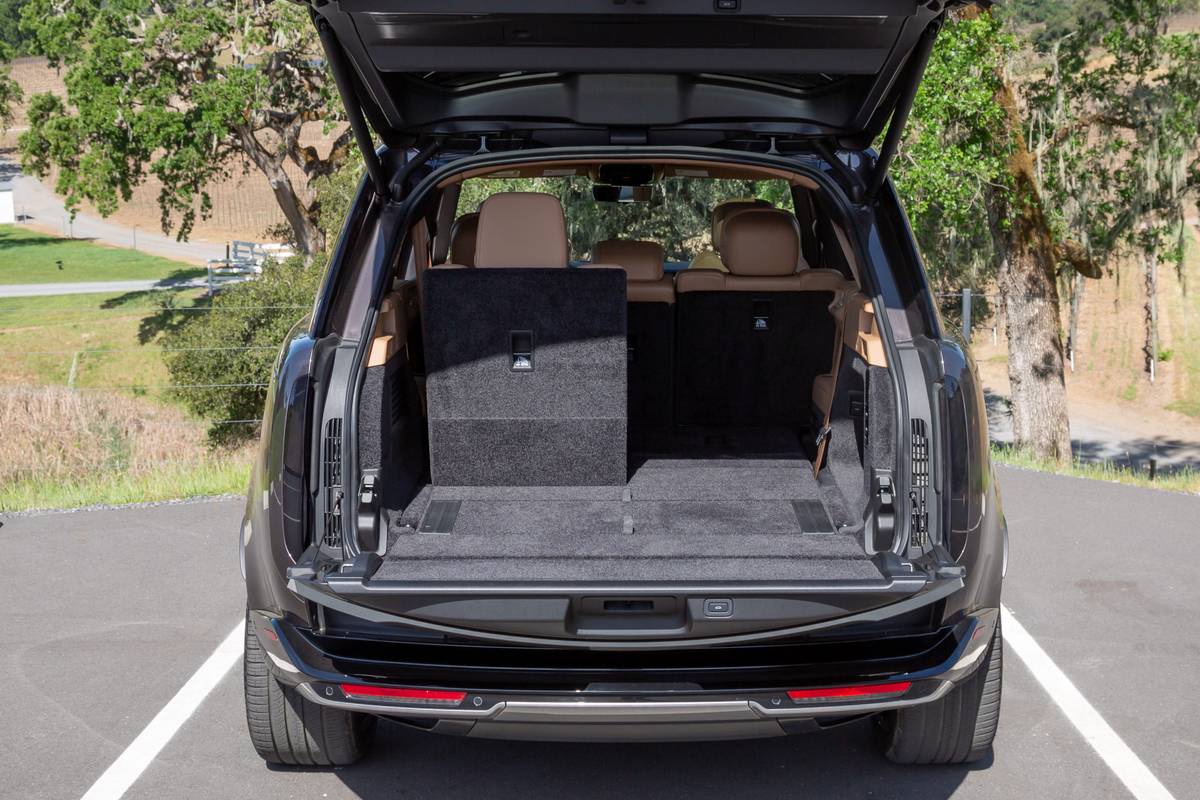
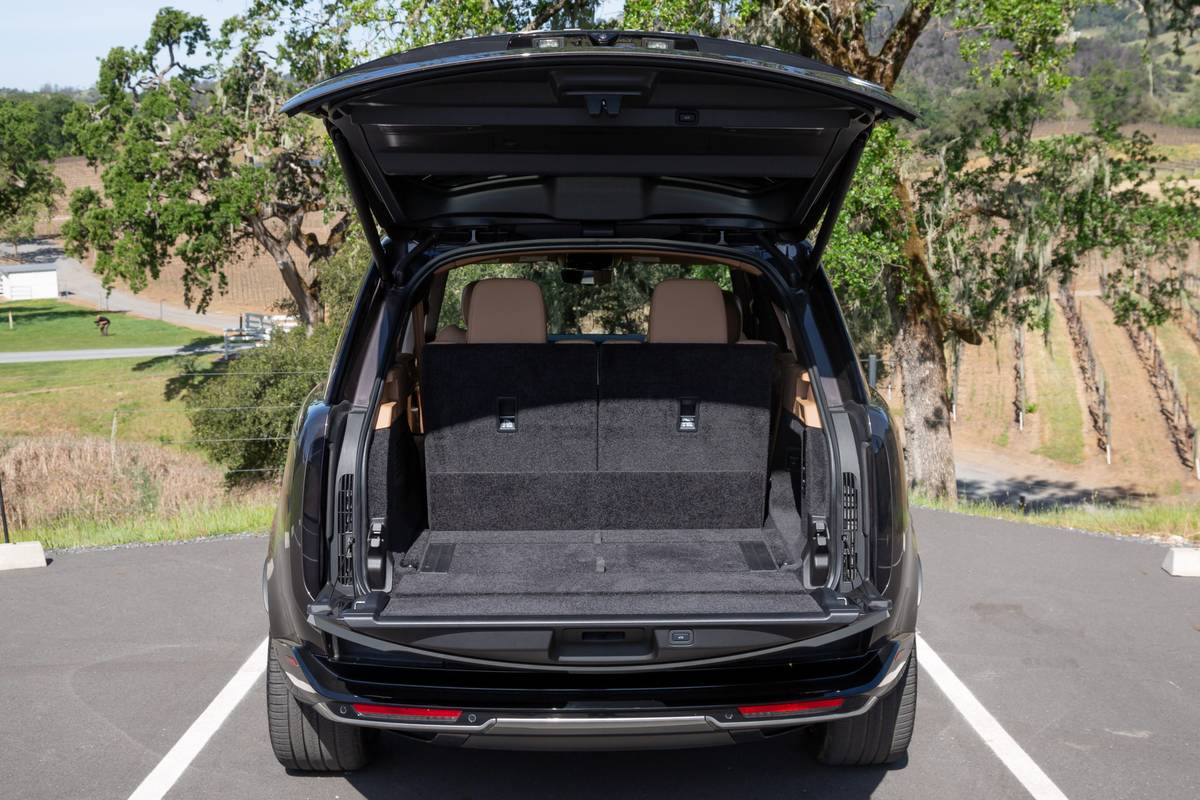
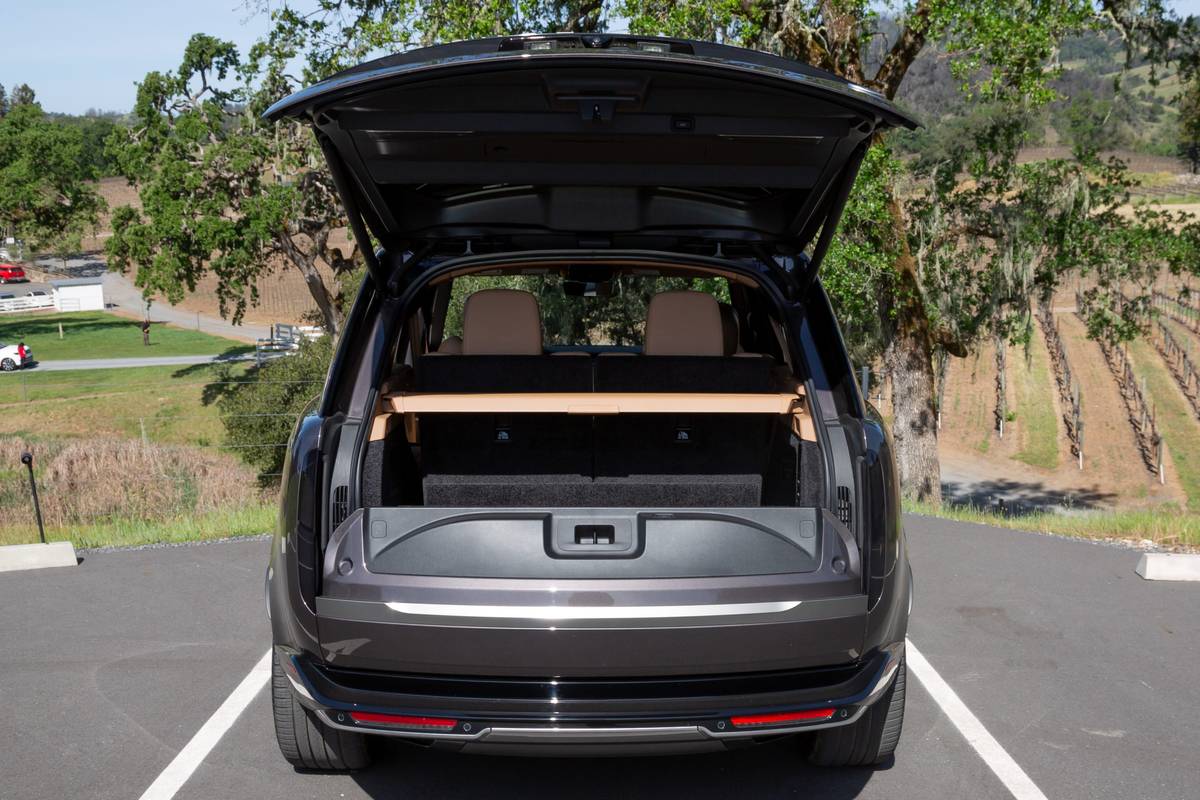
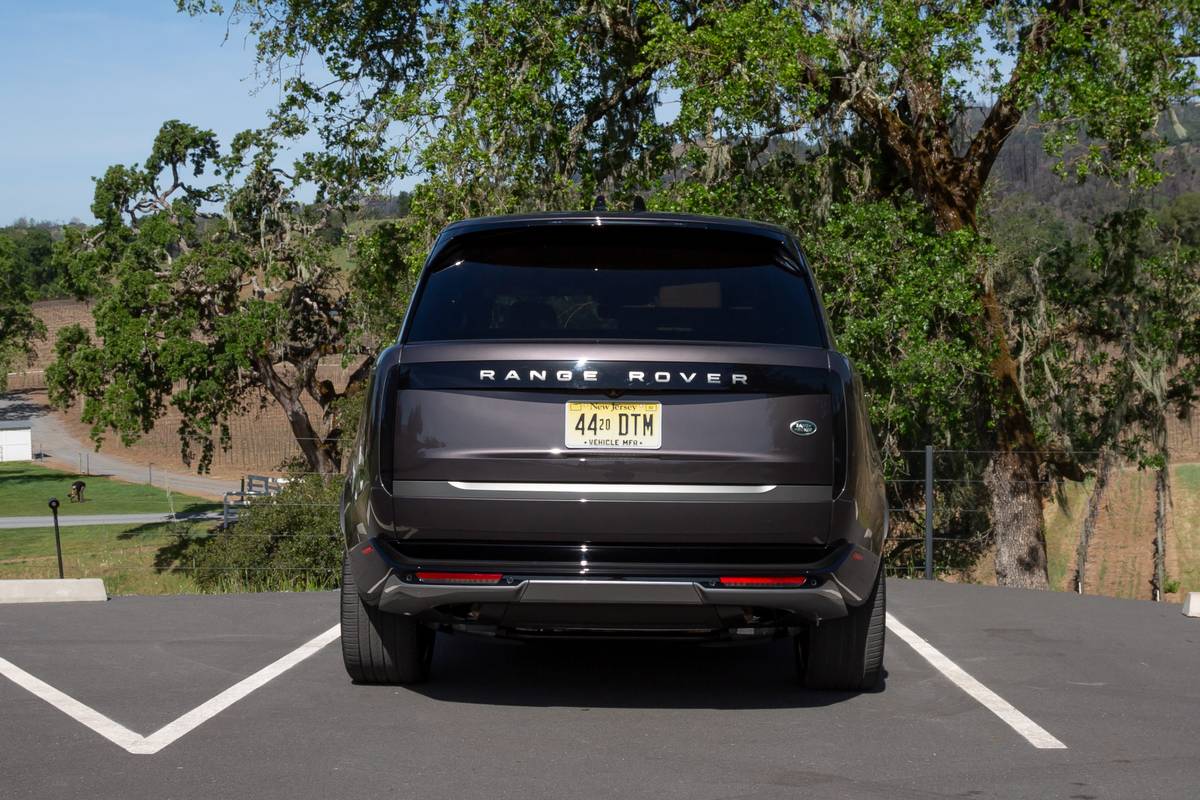
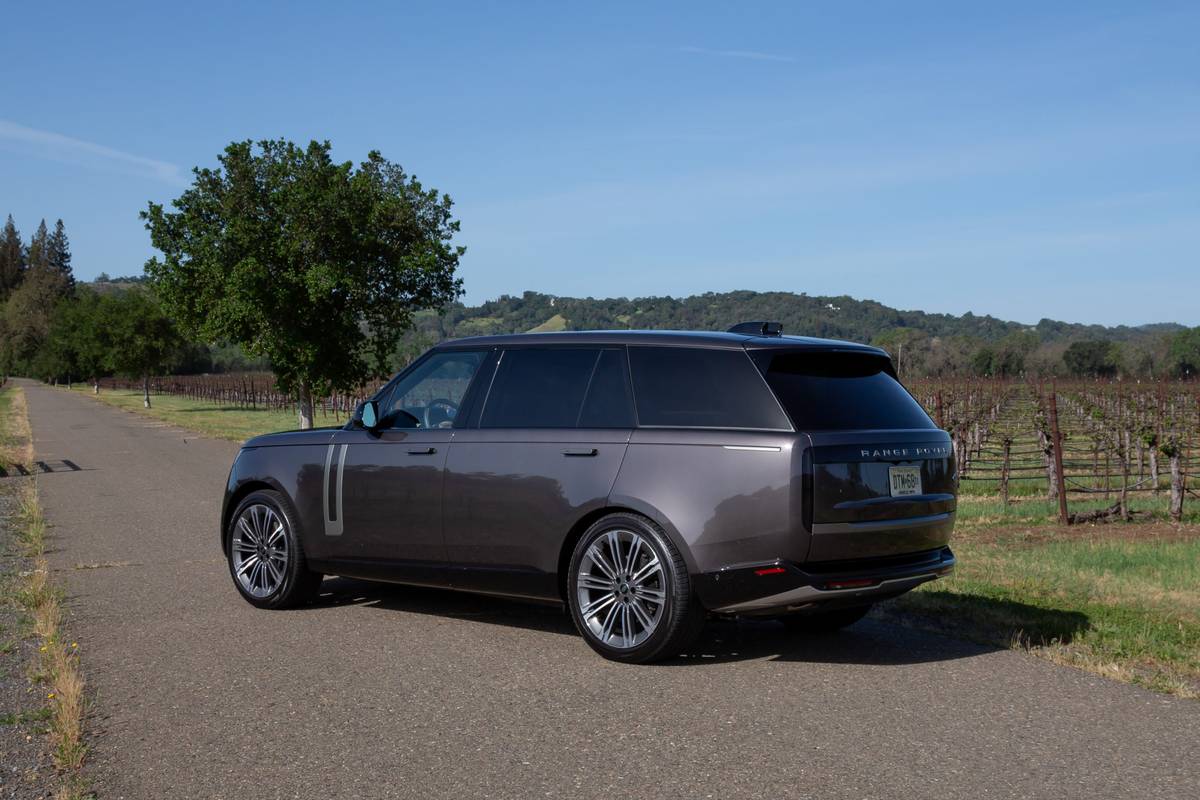
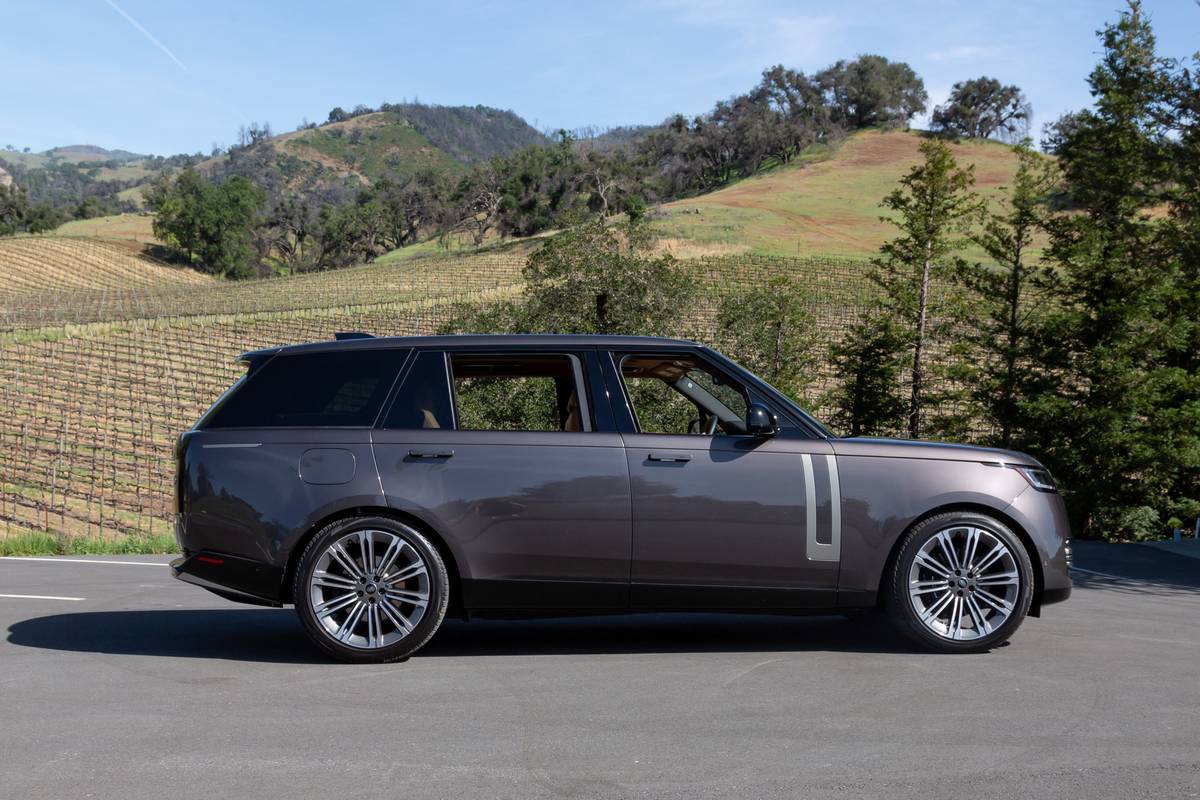
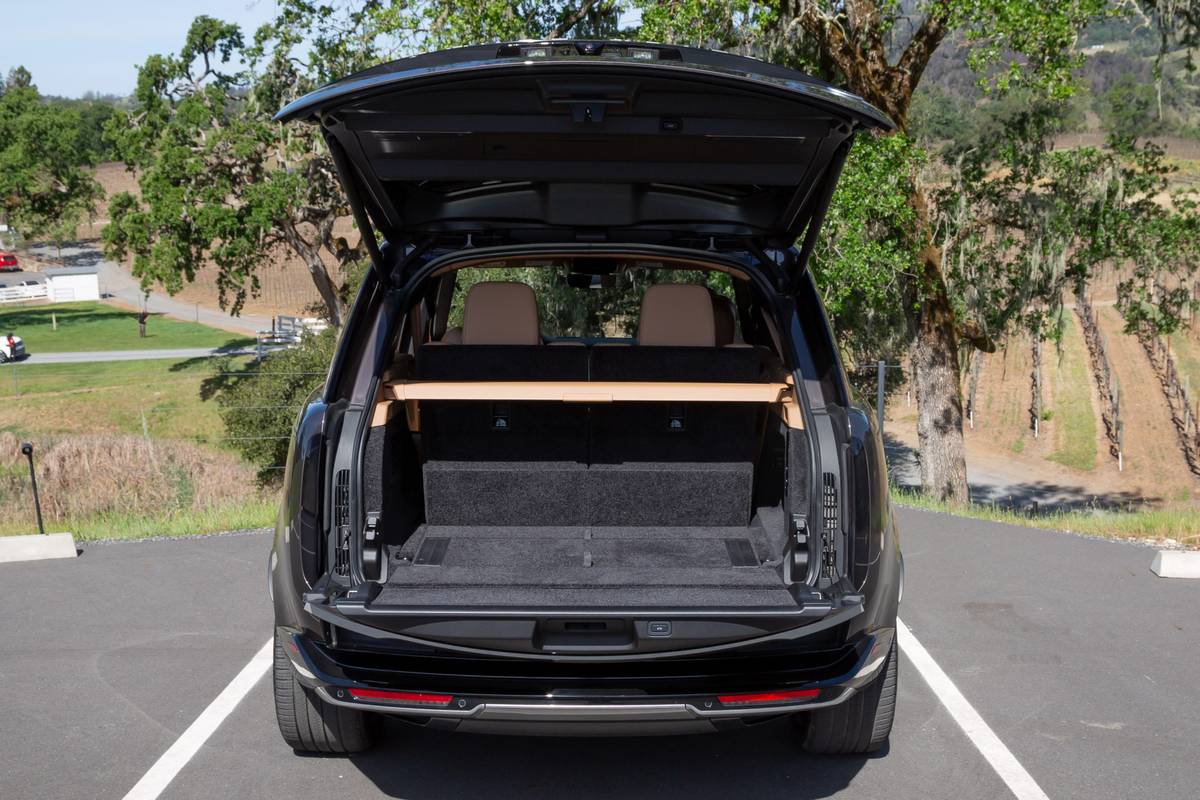
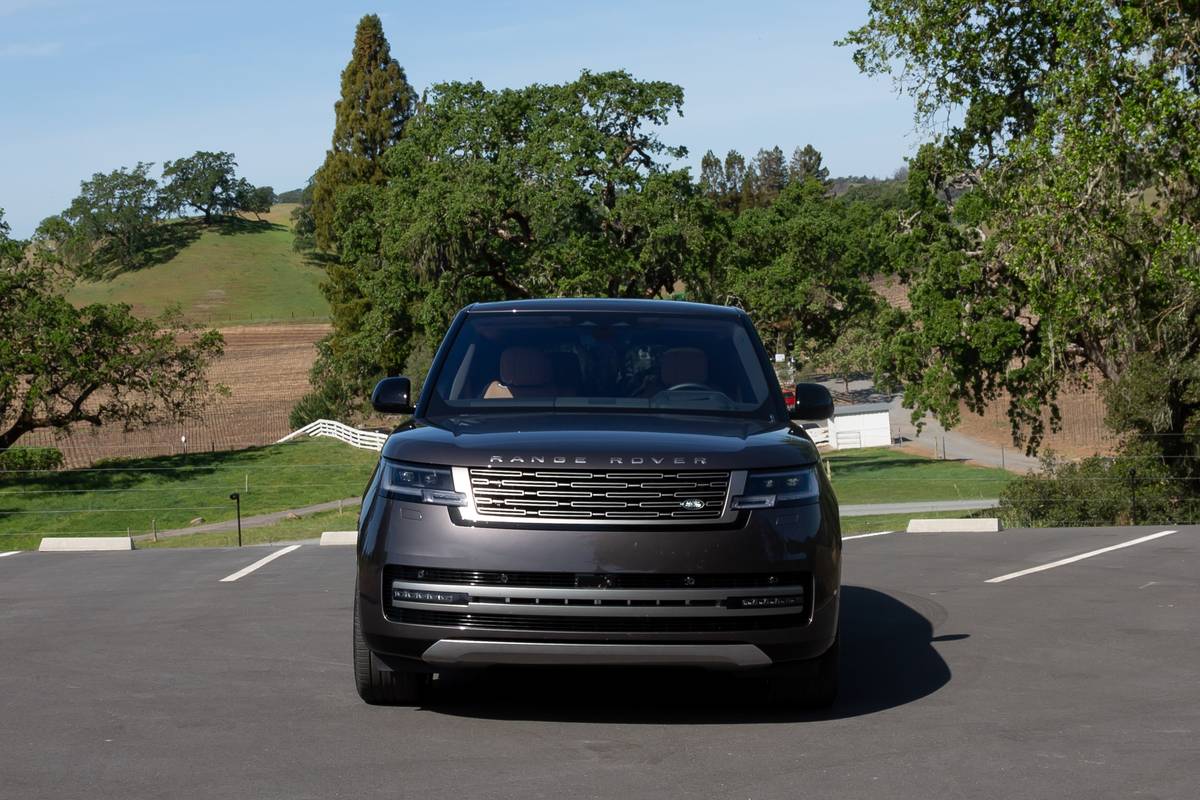
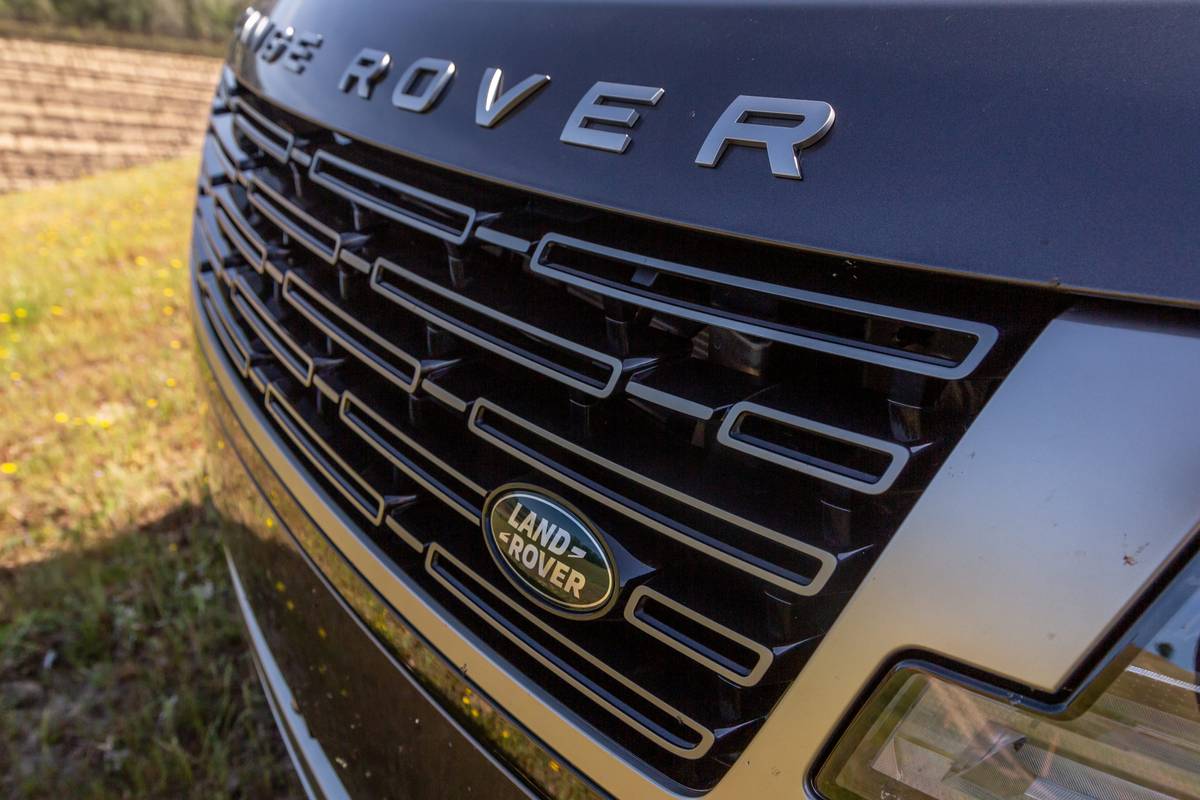
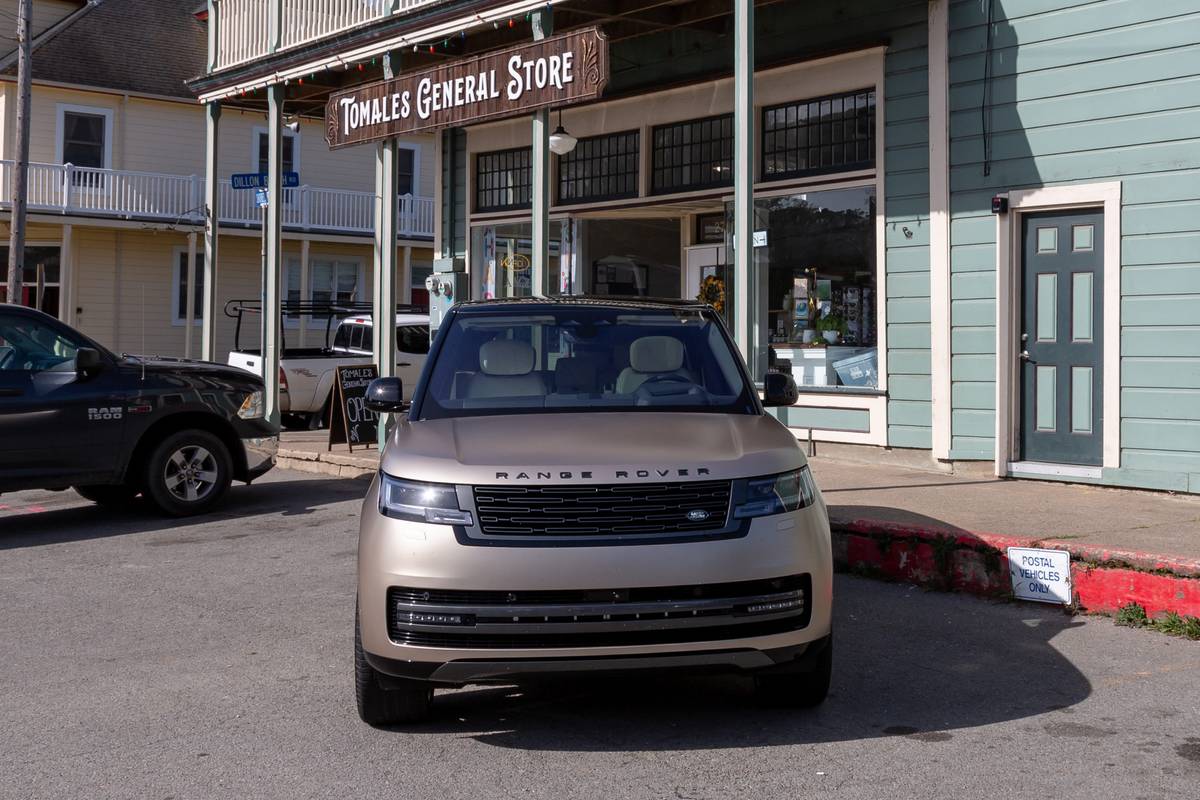
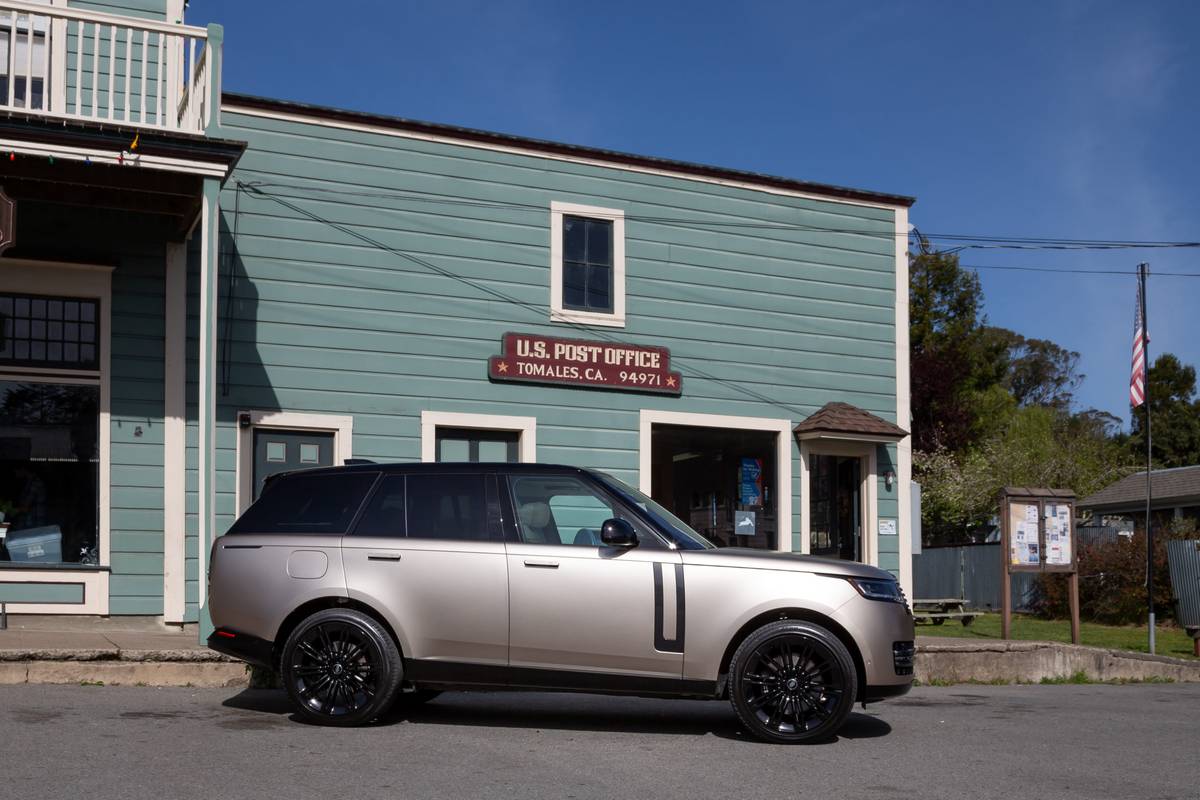
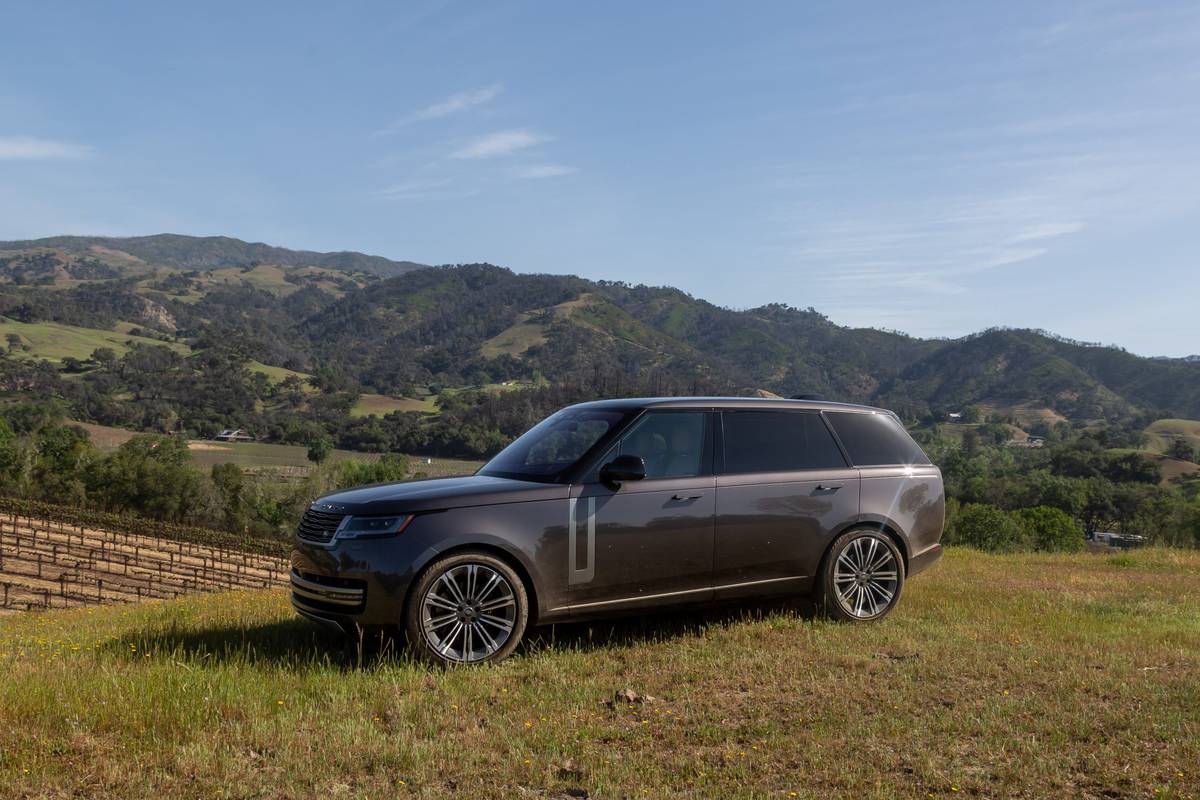







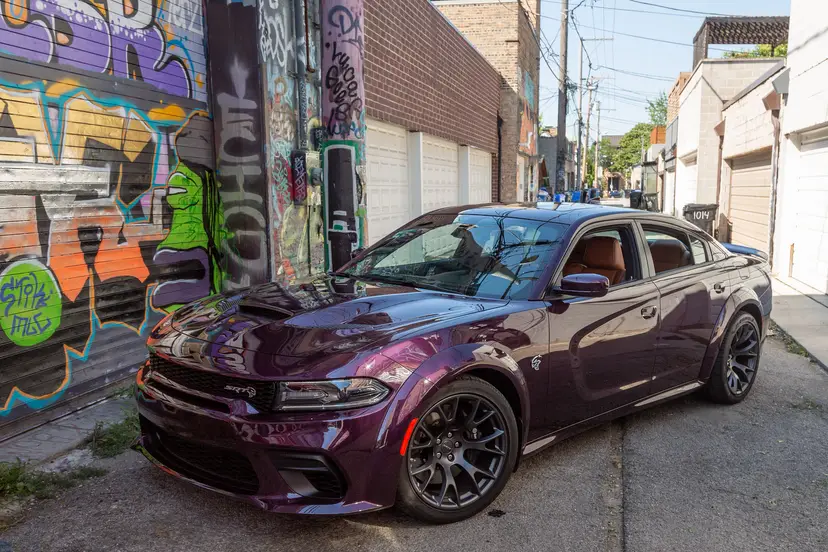
.jpg)